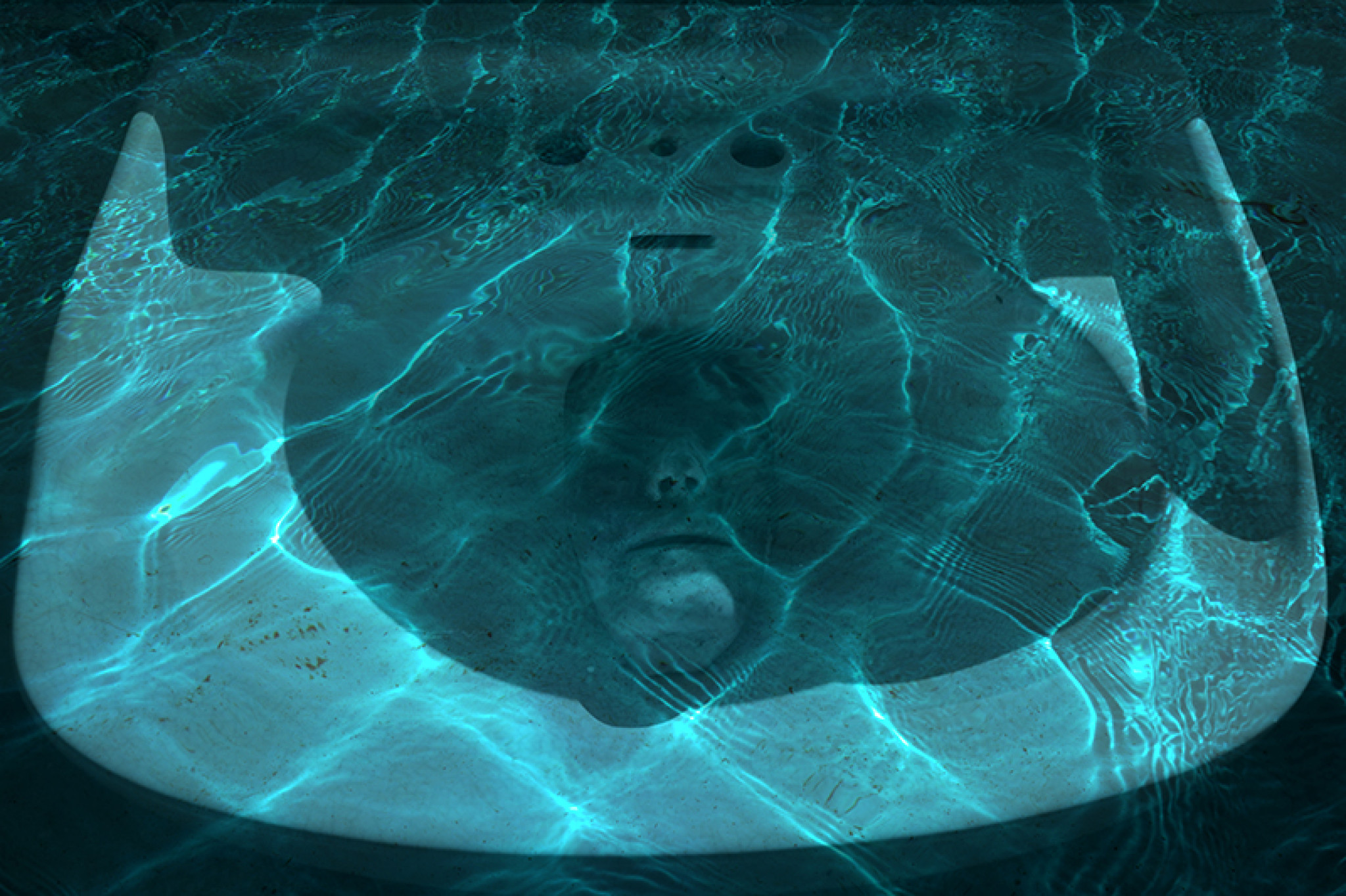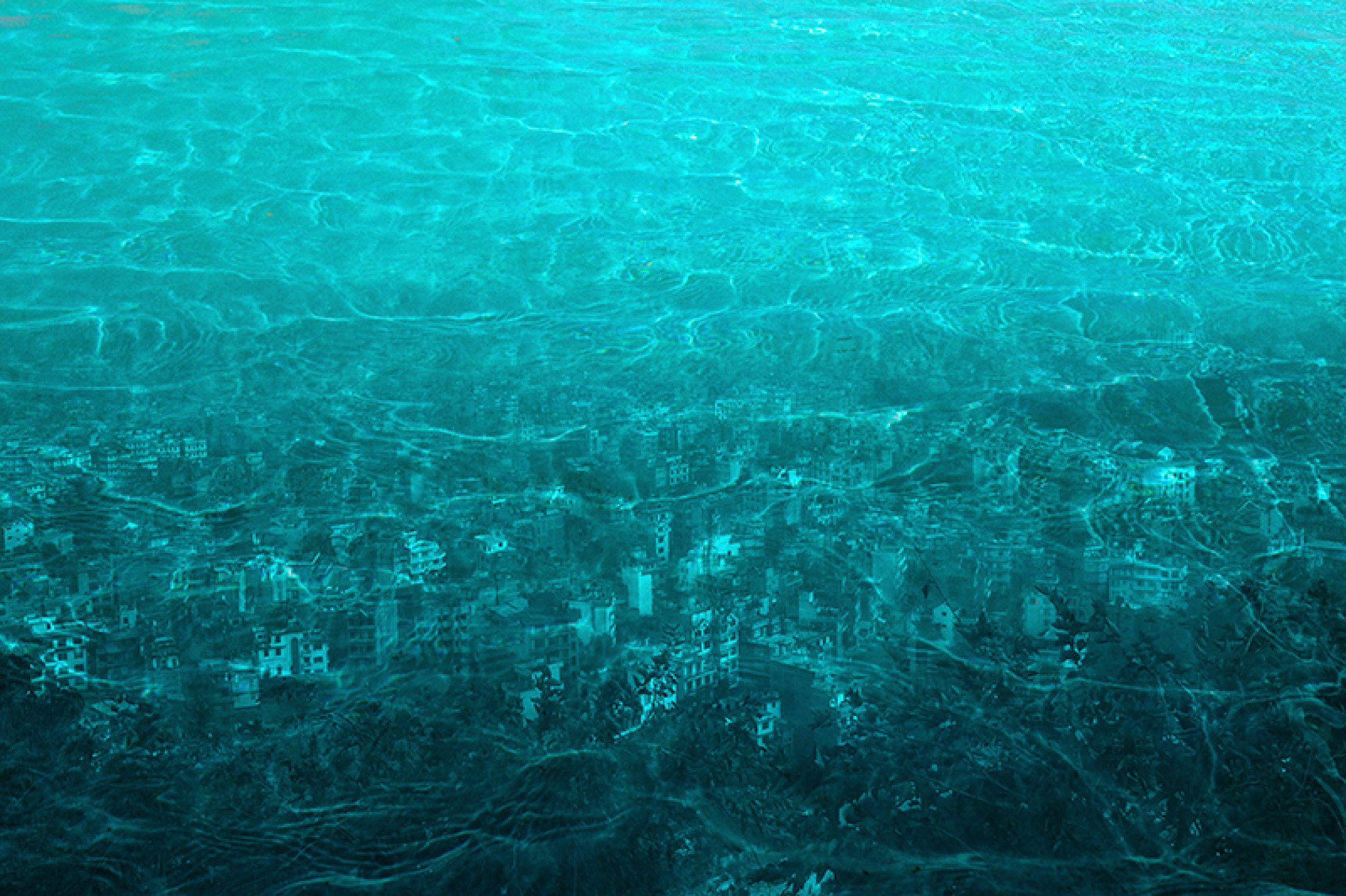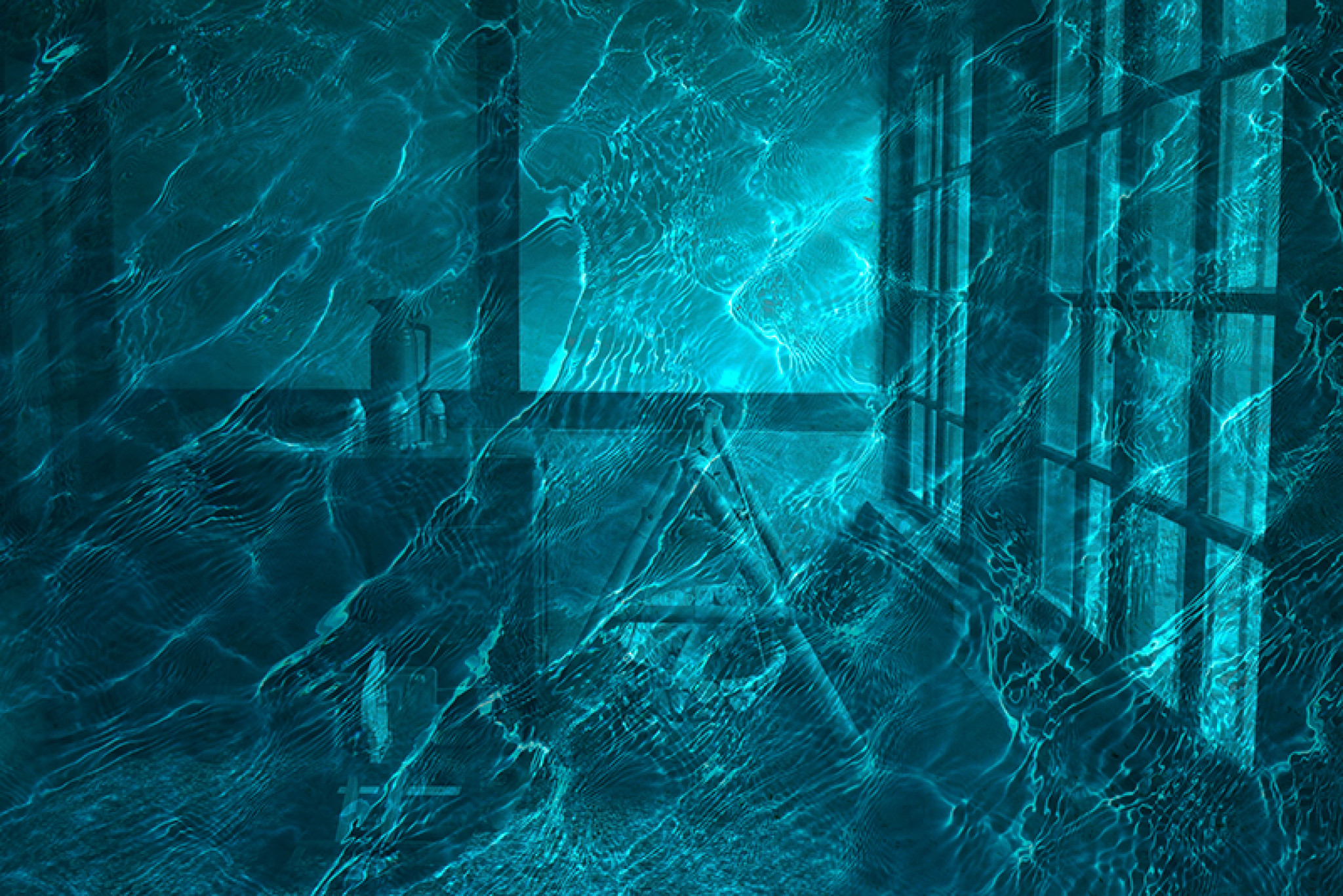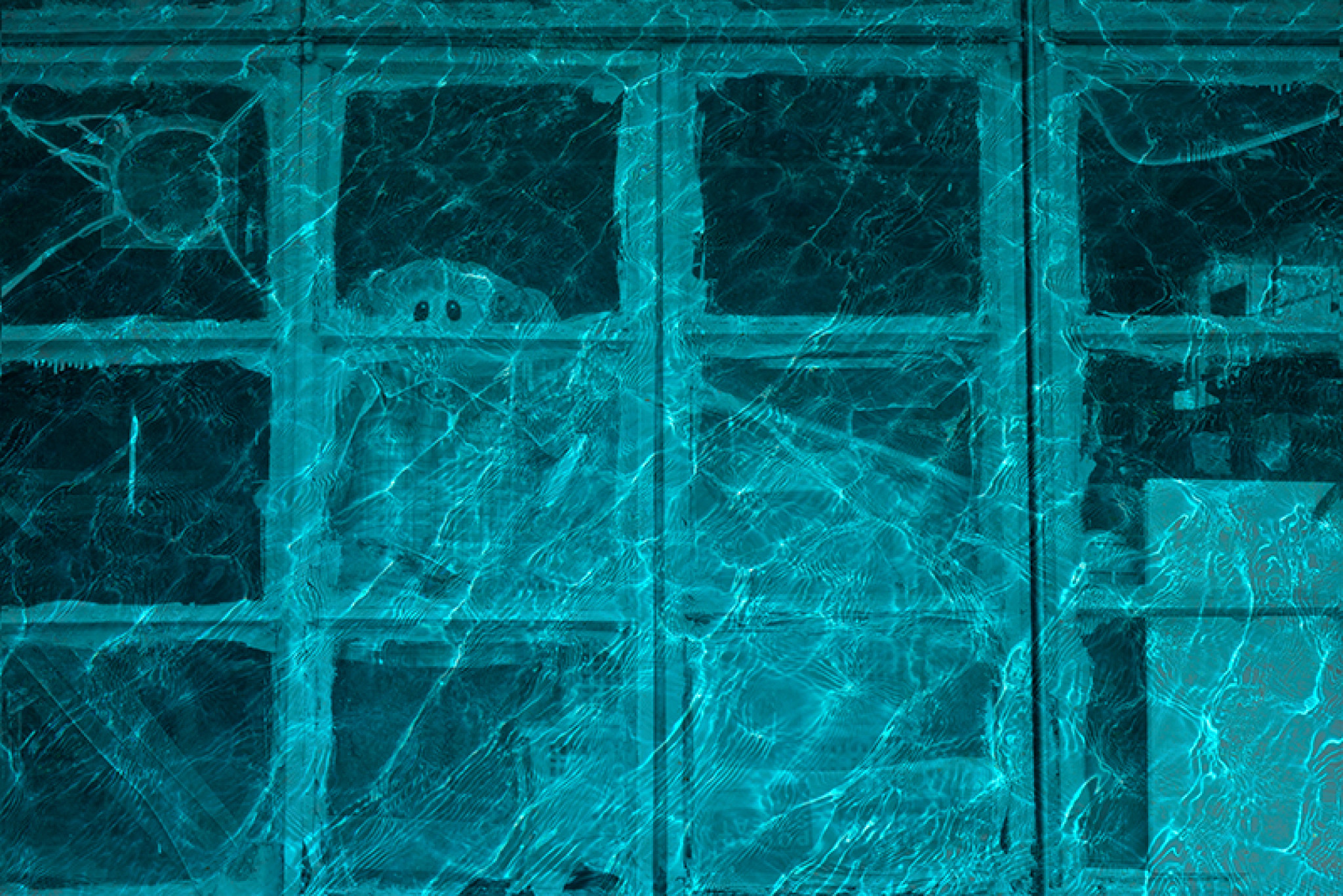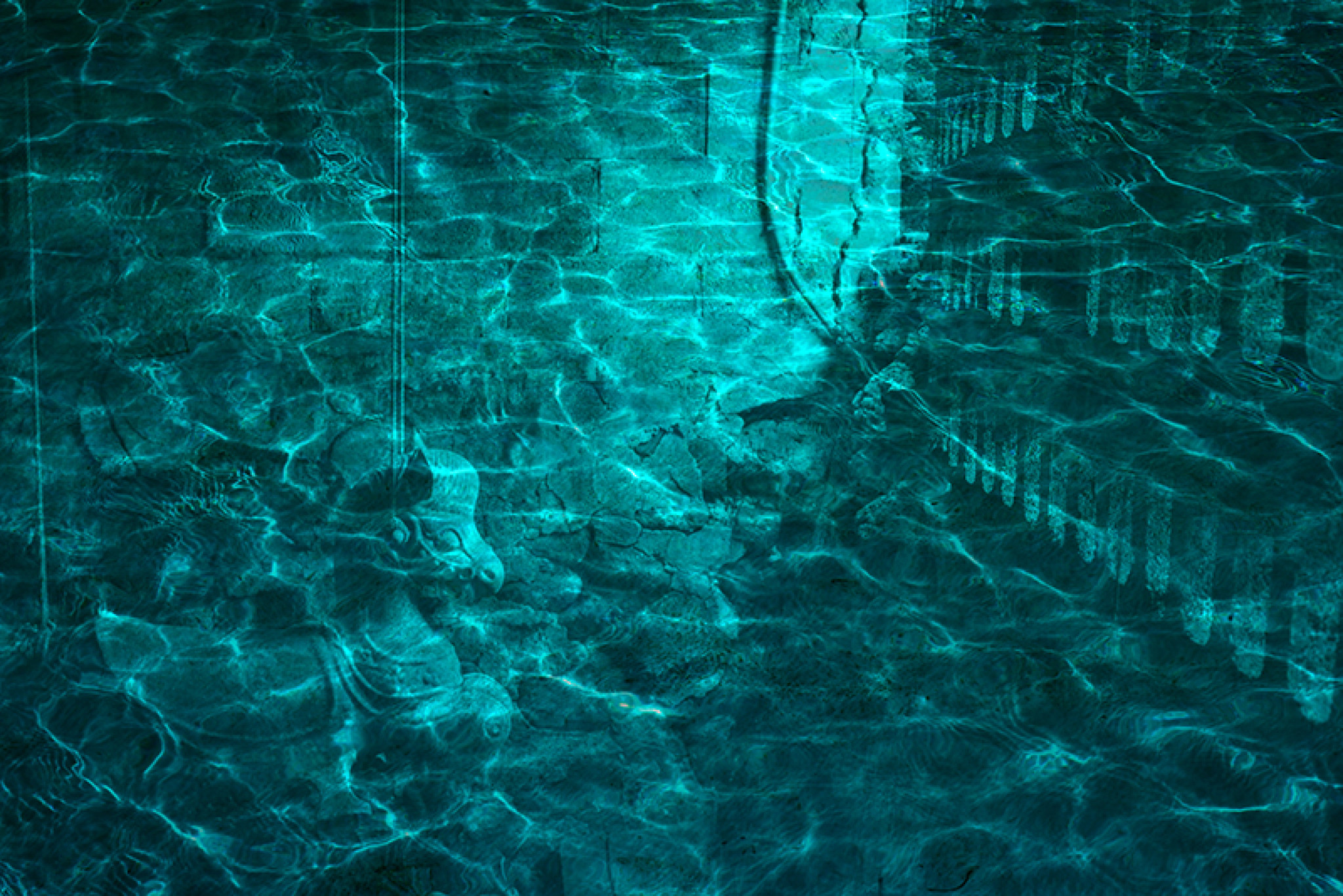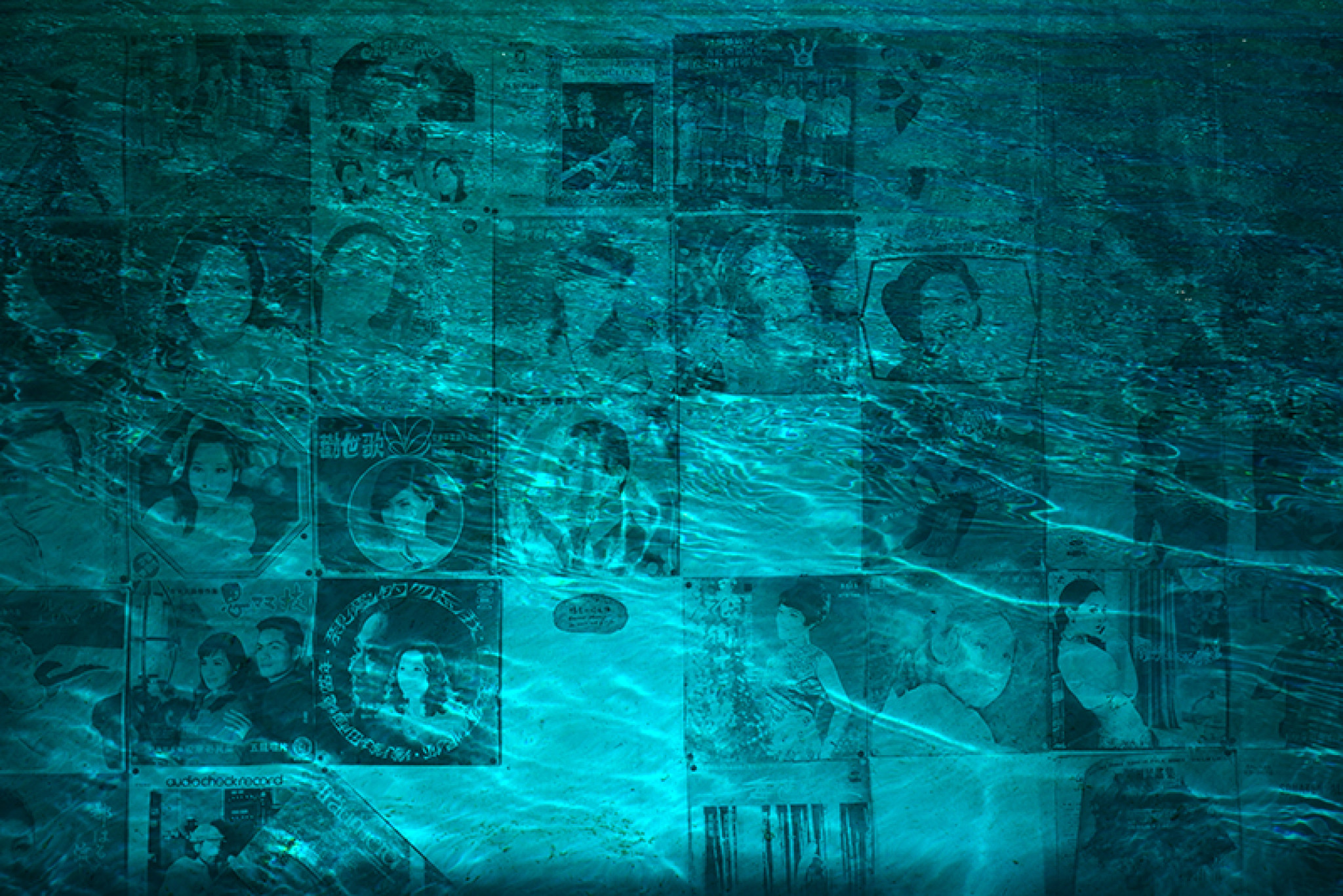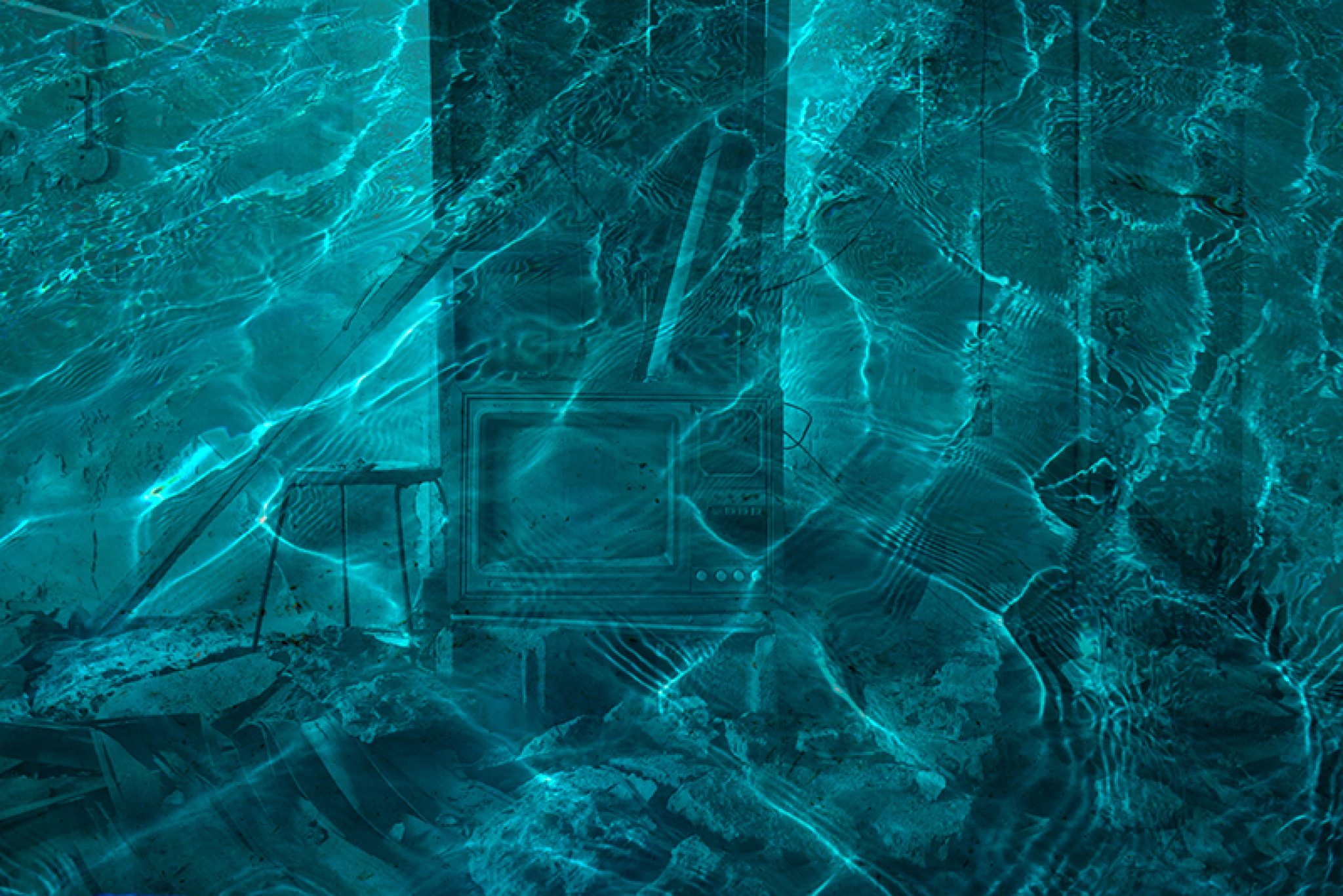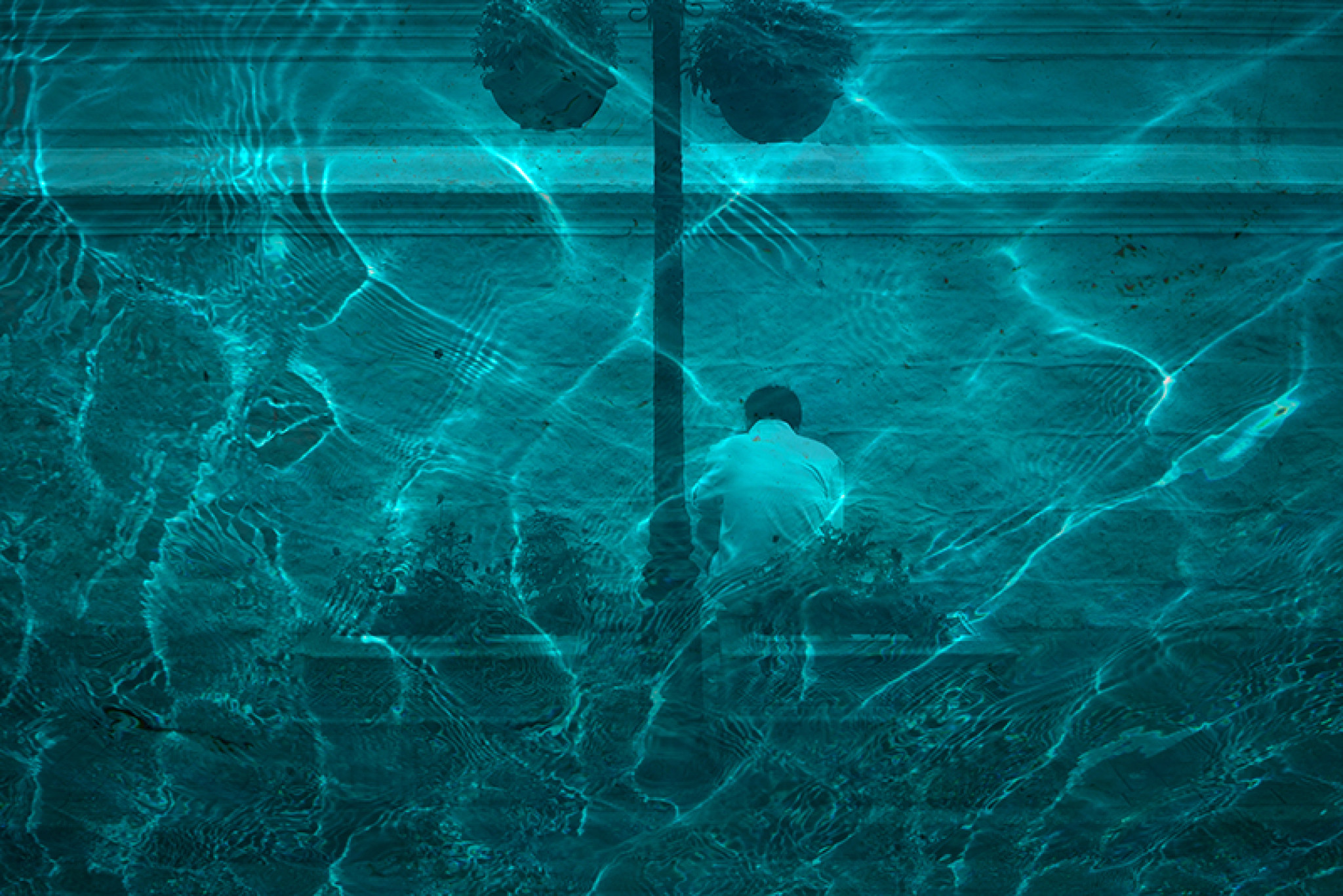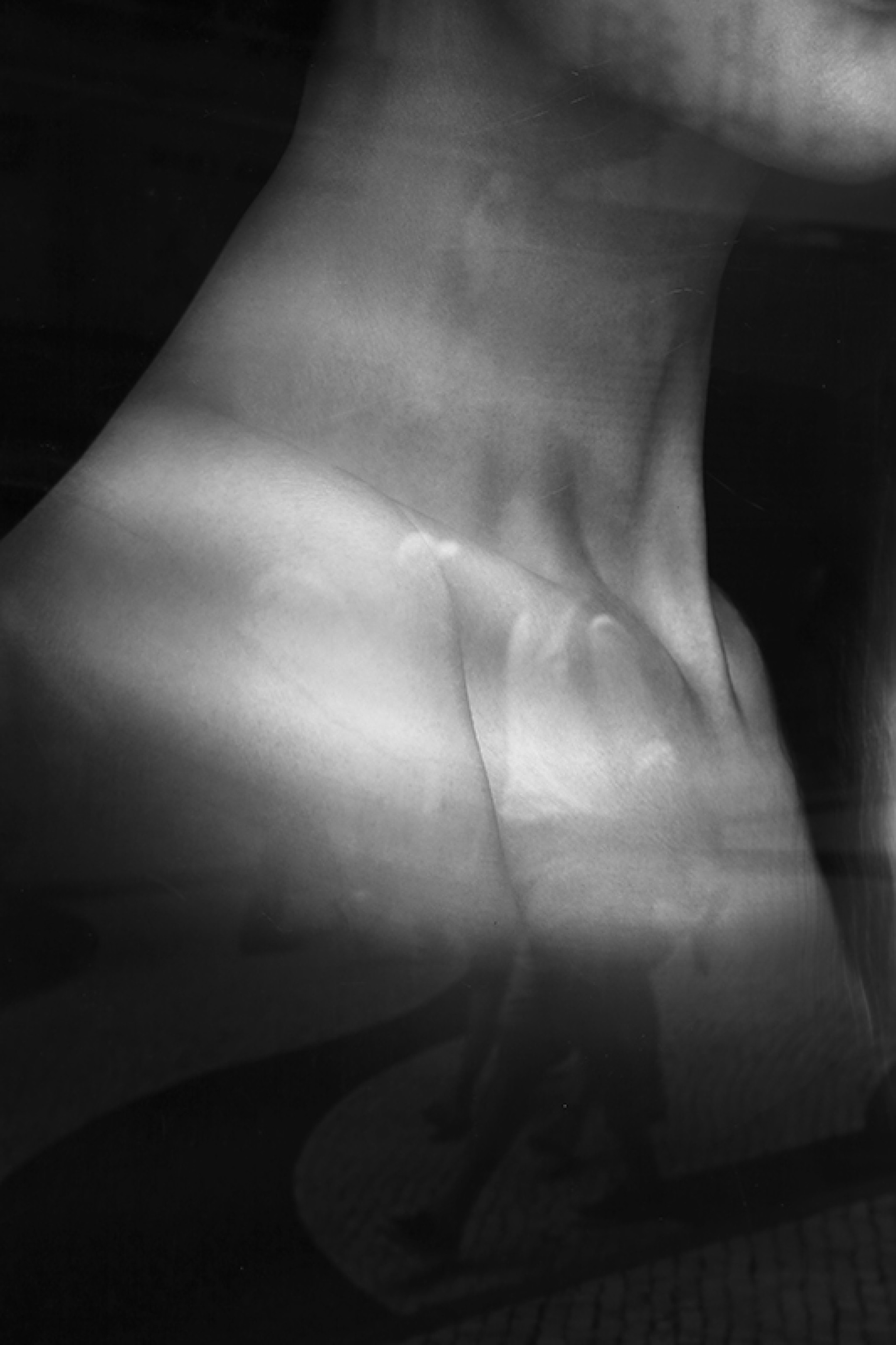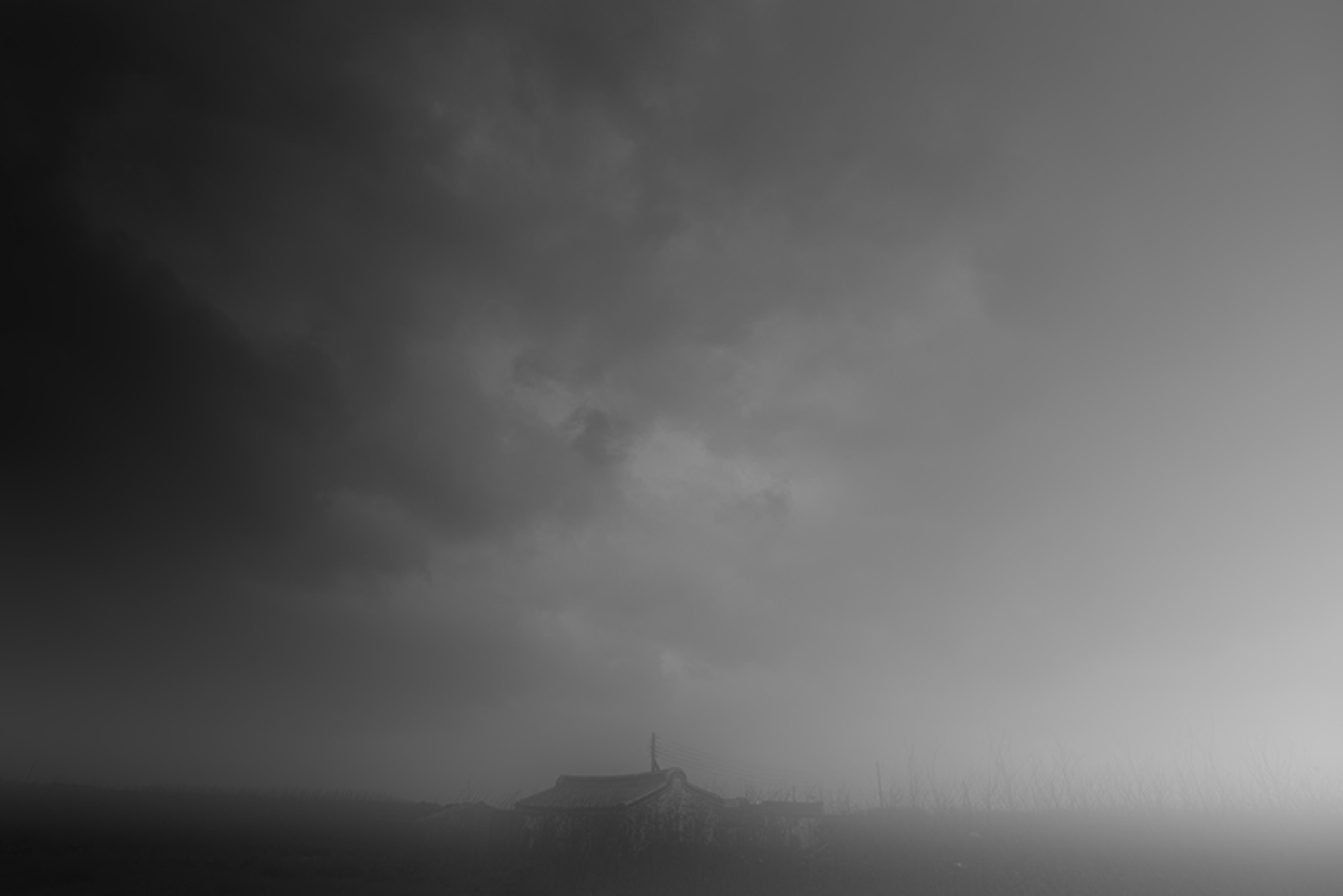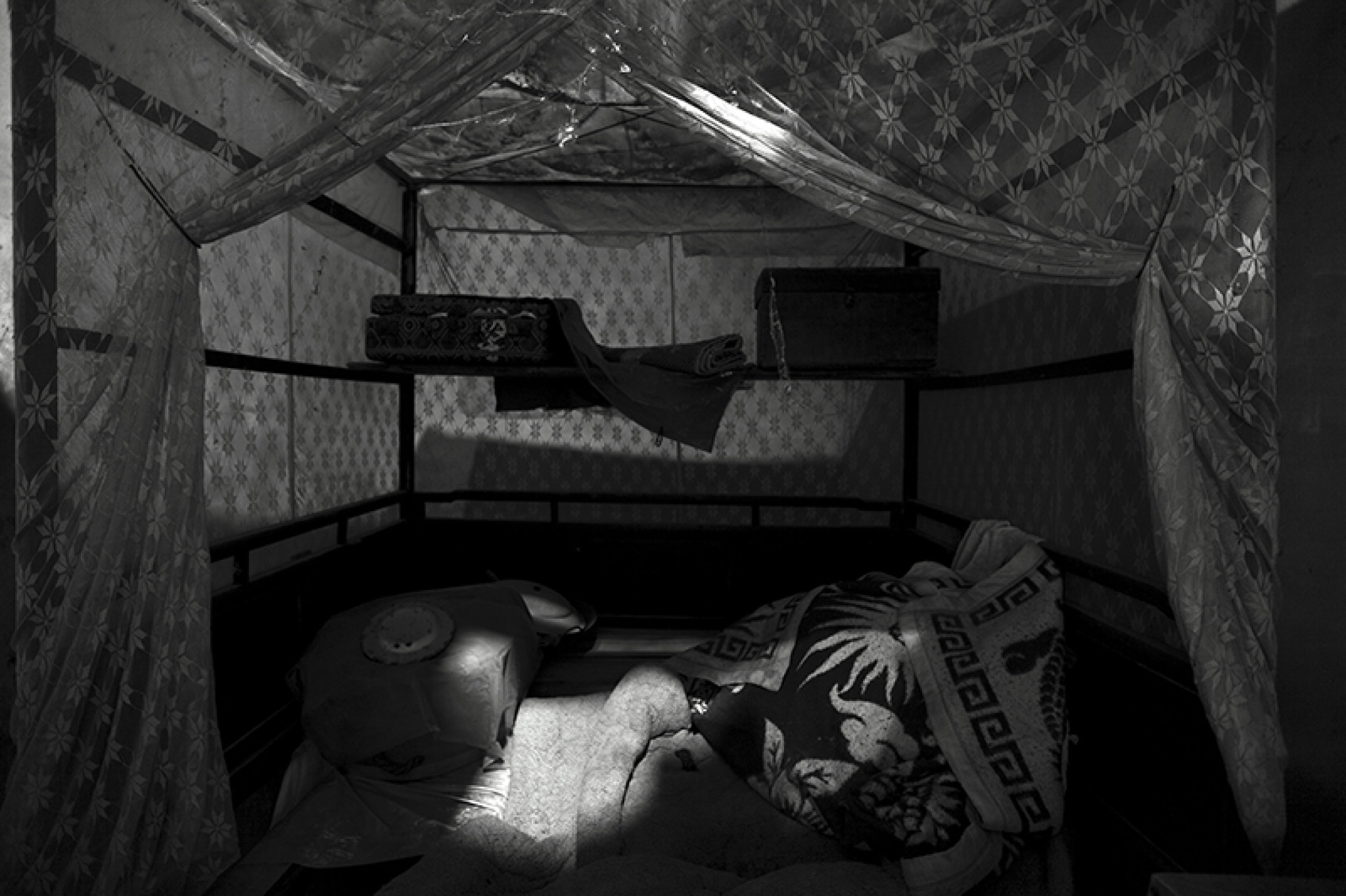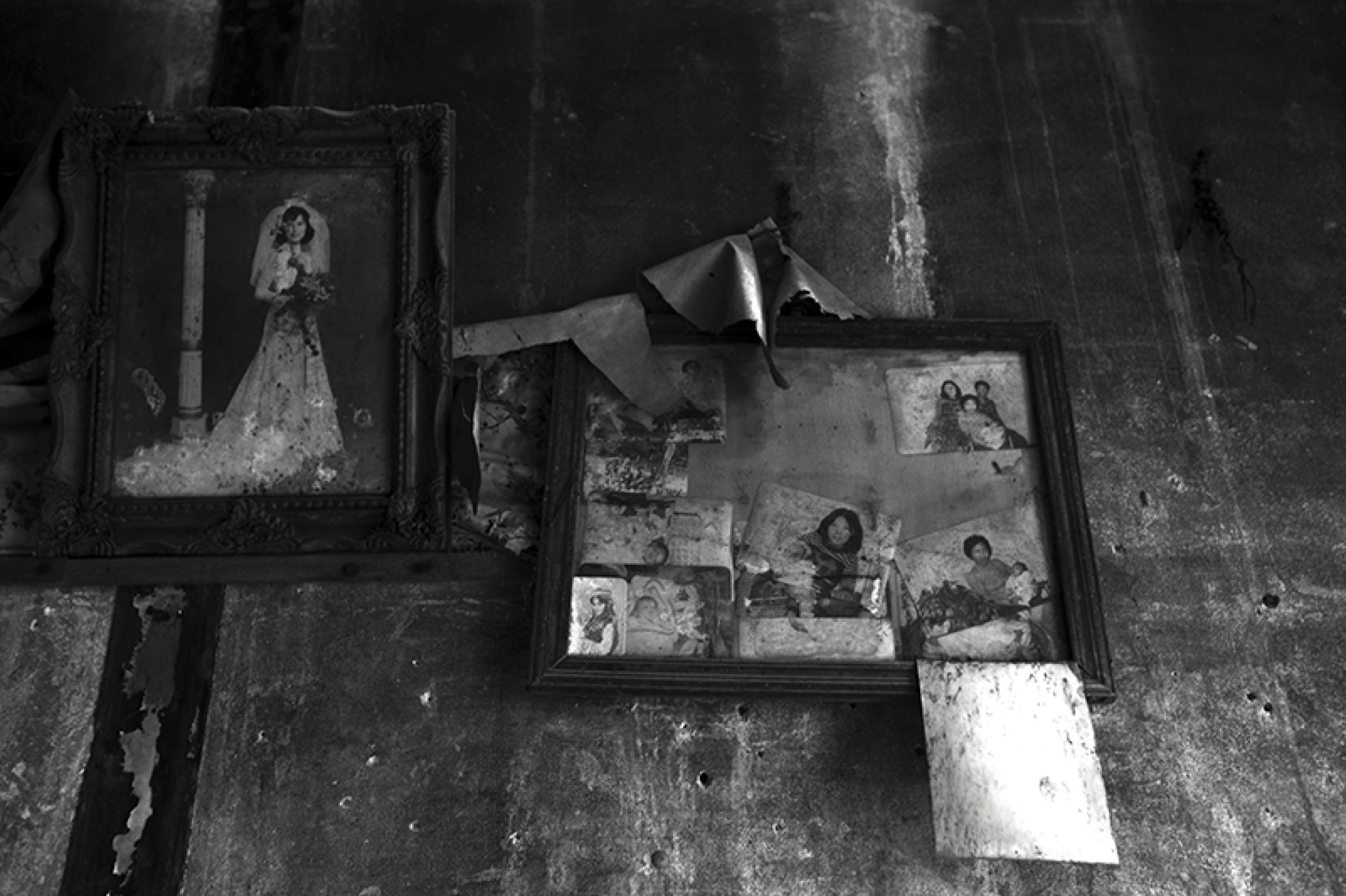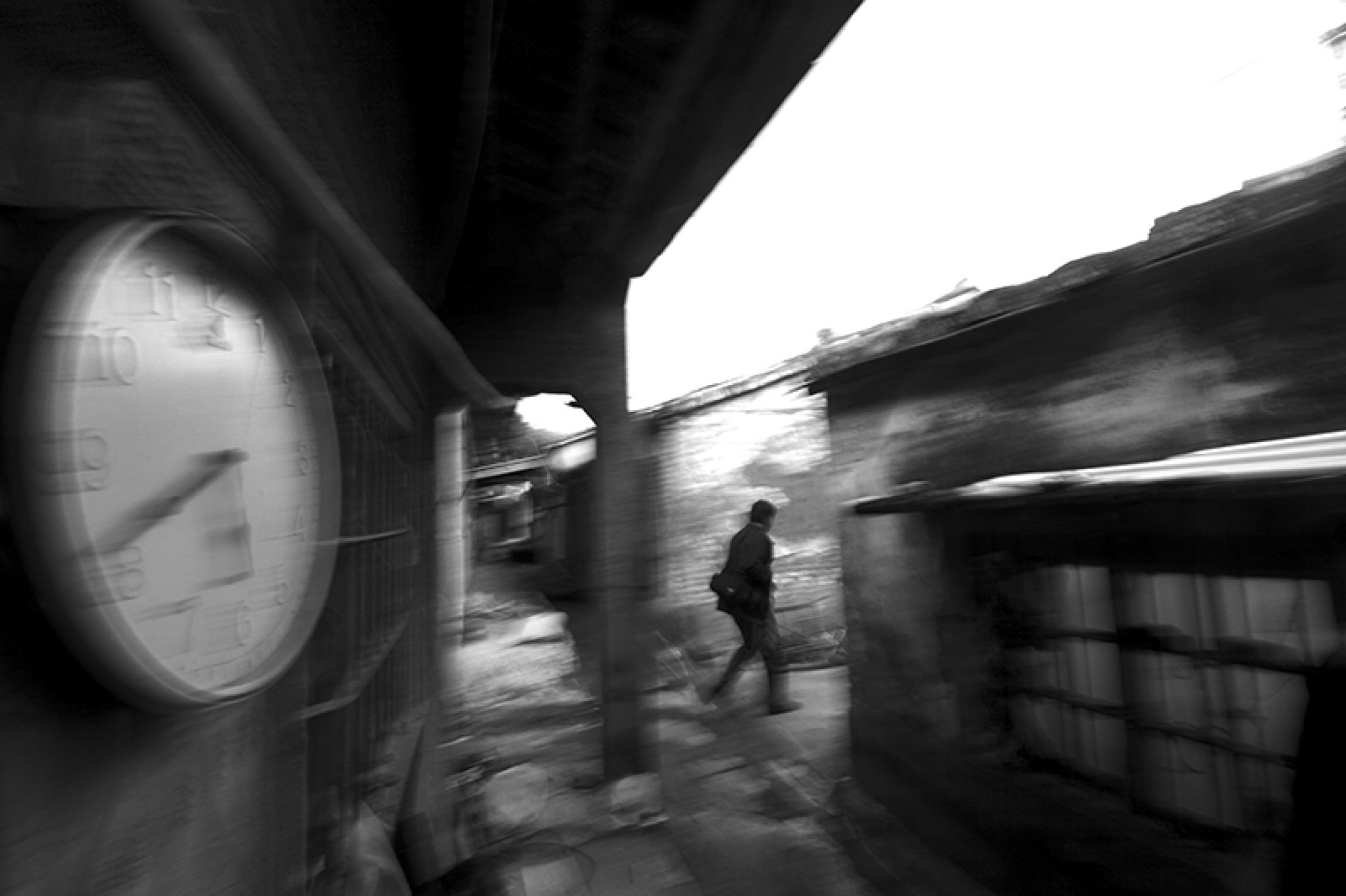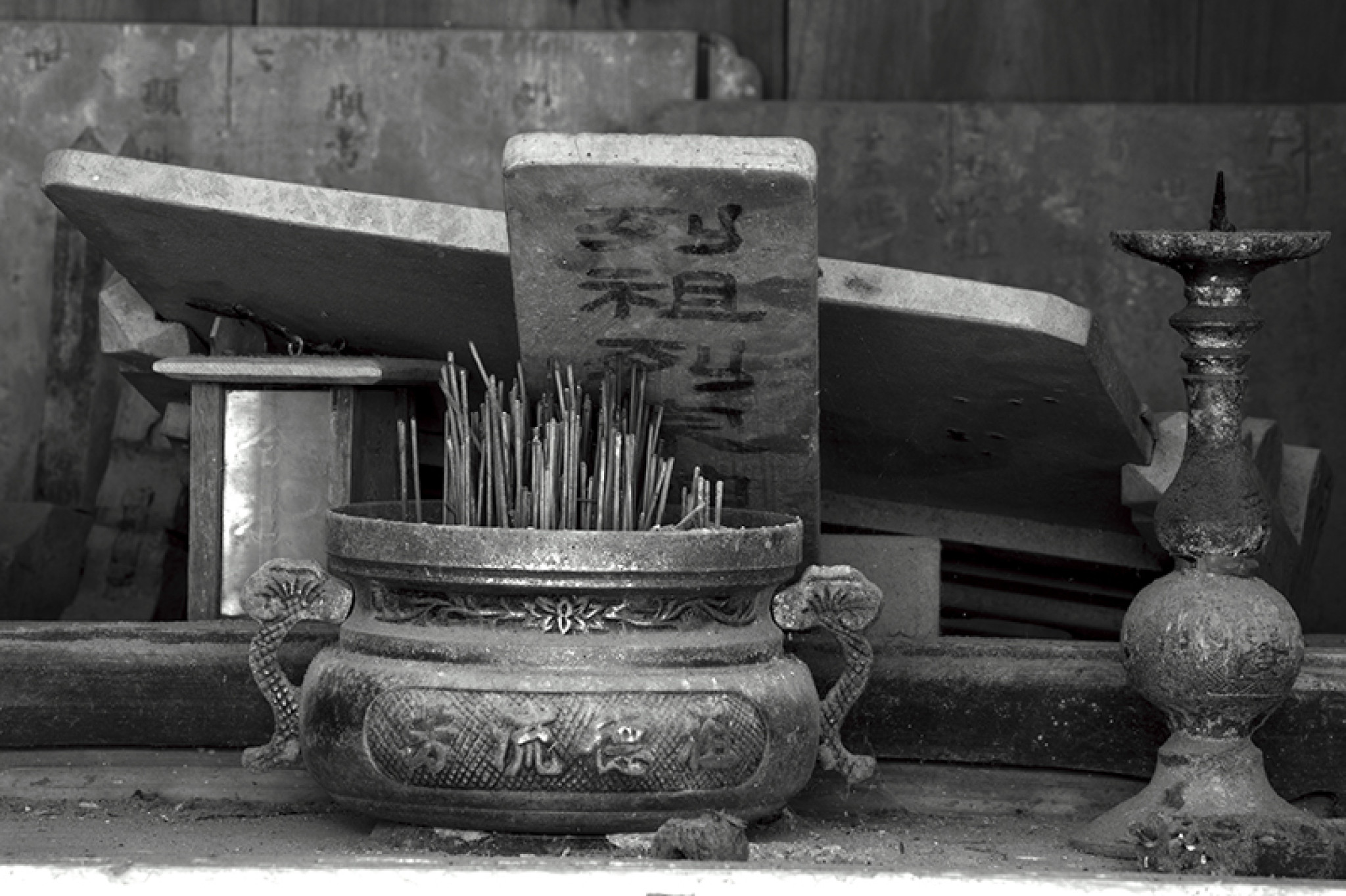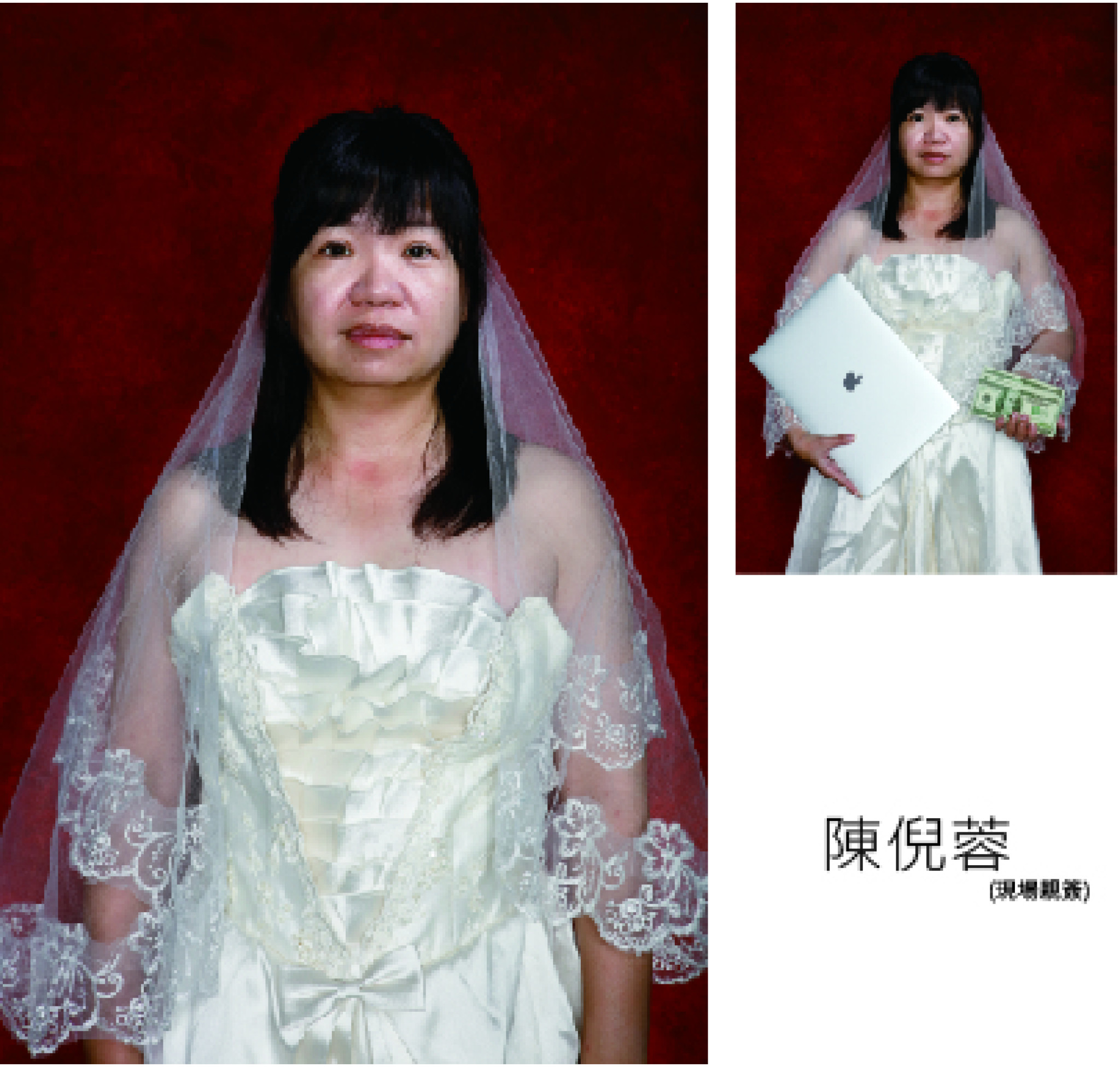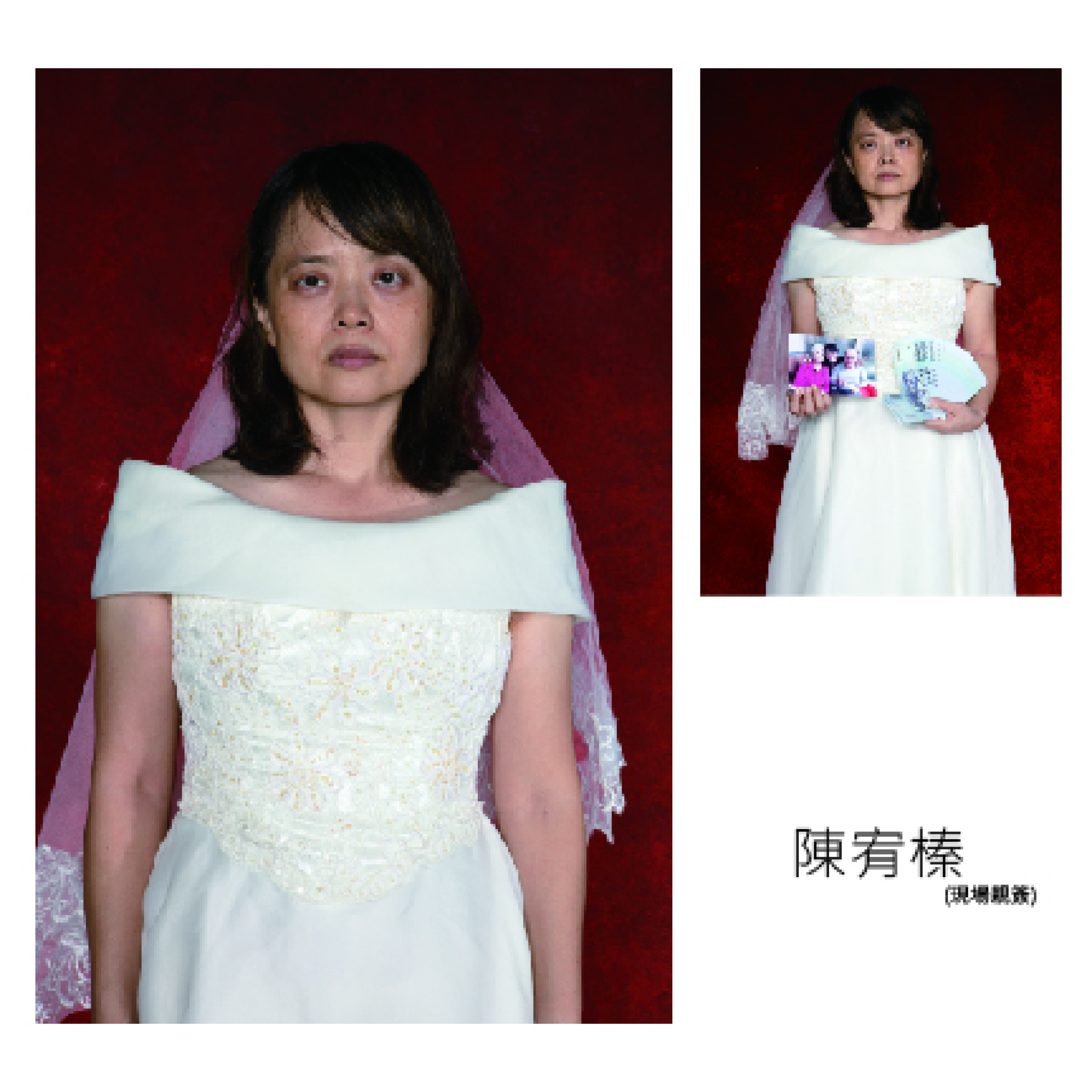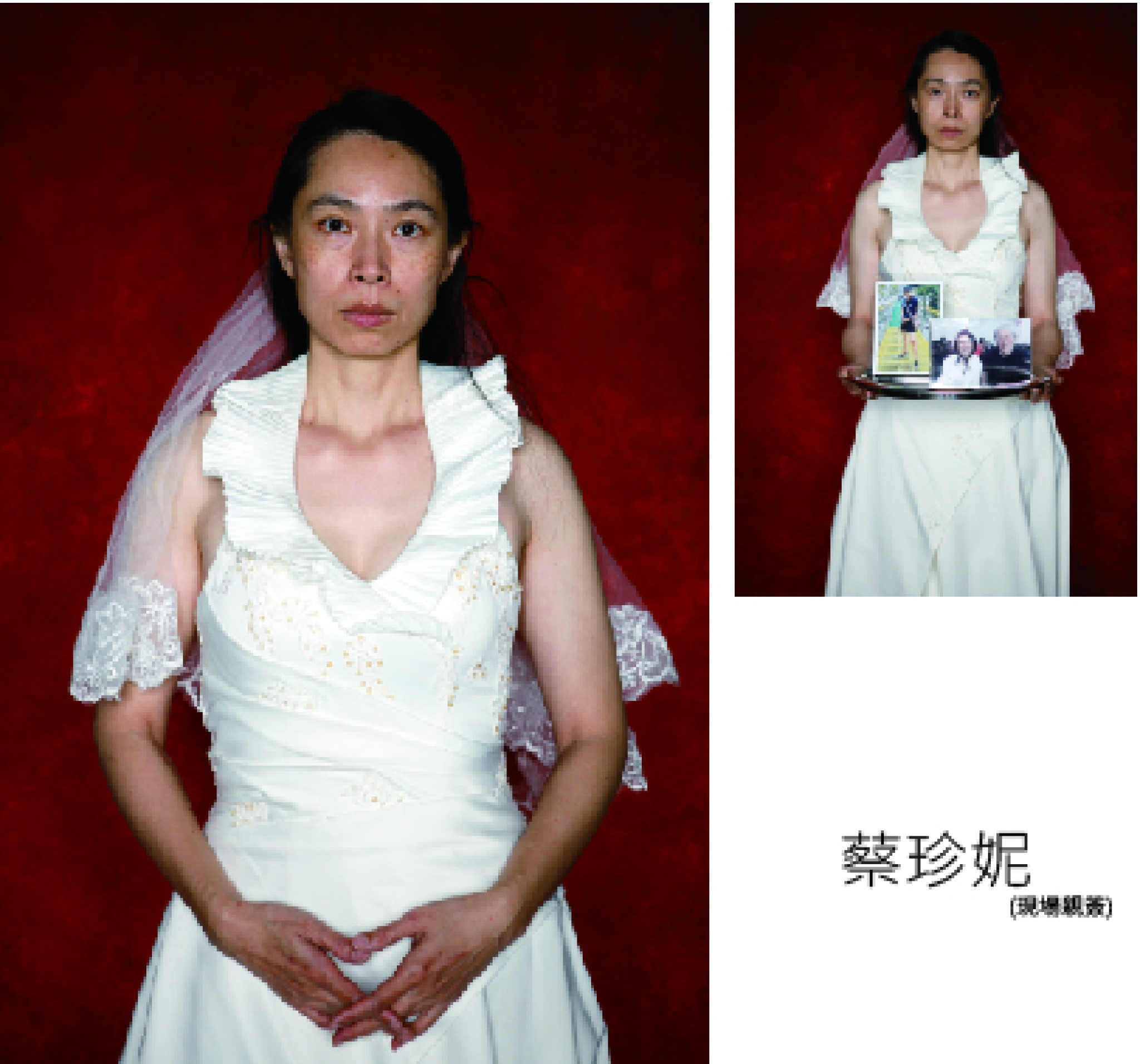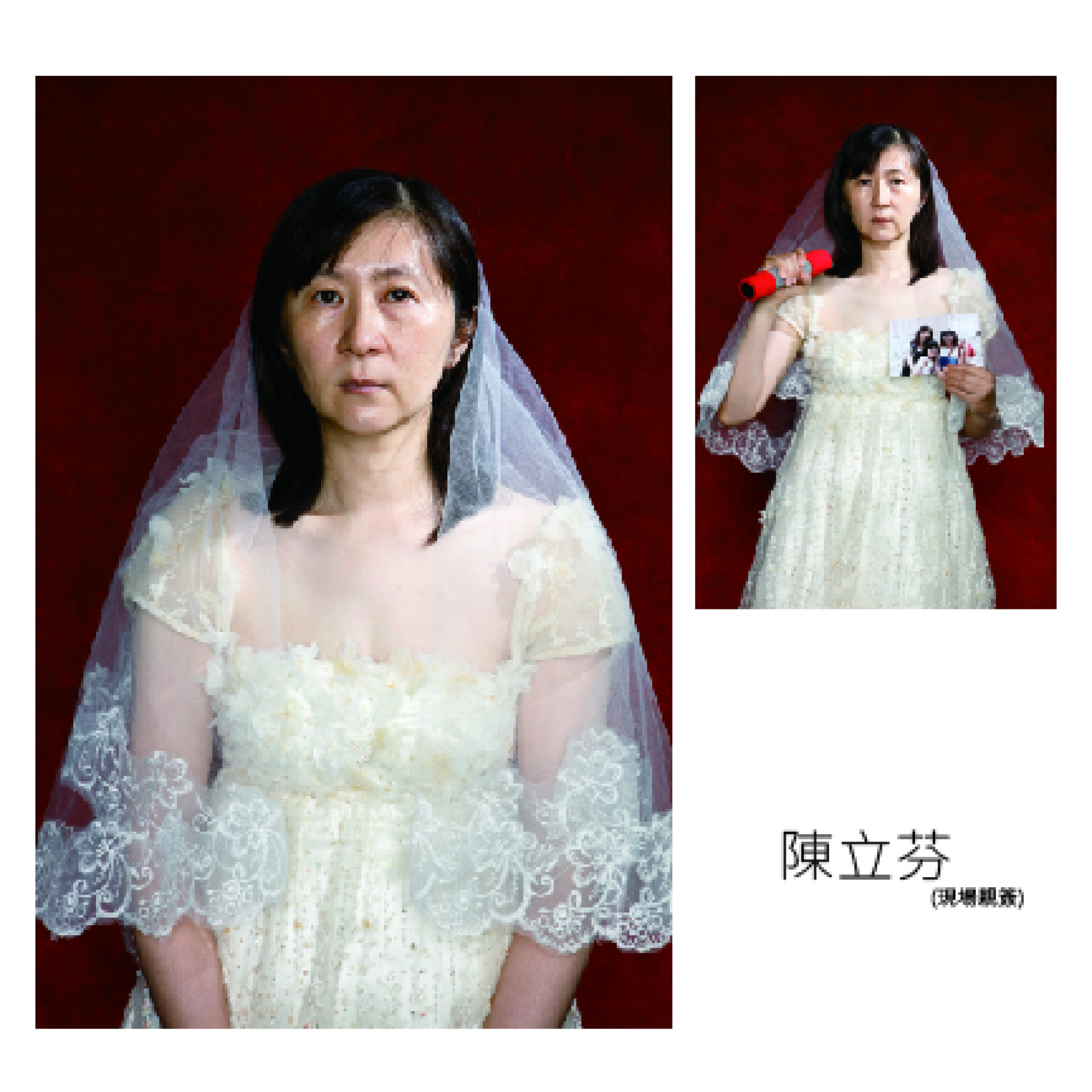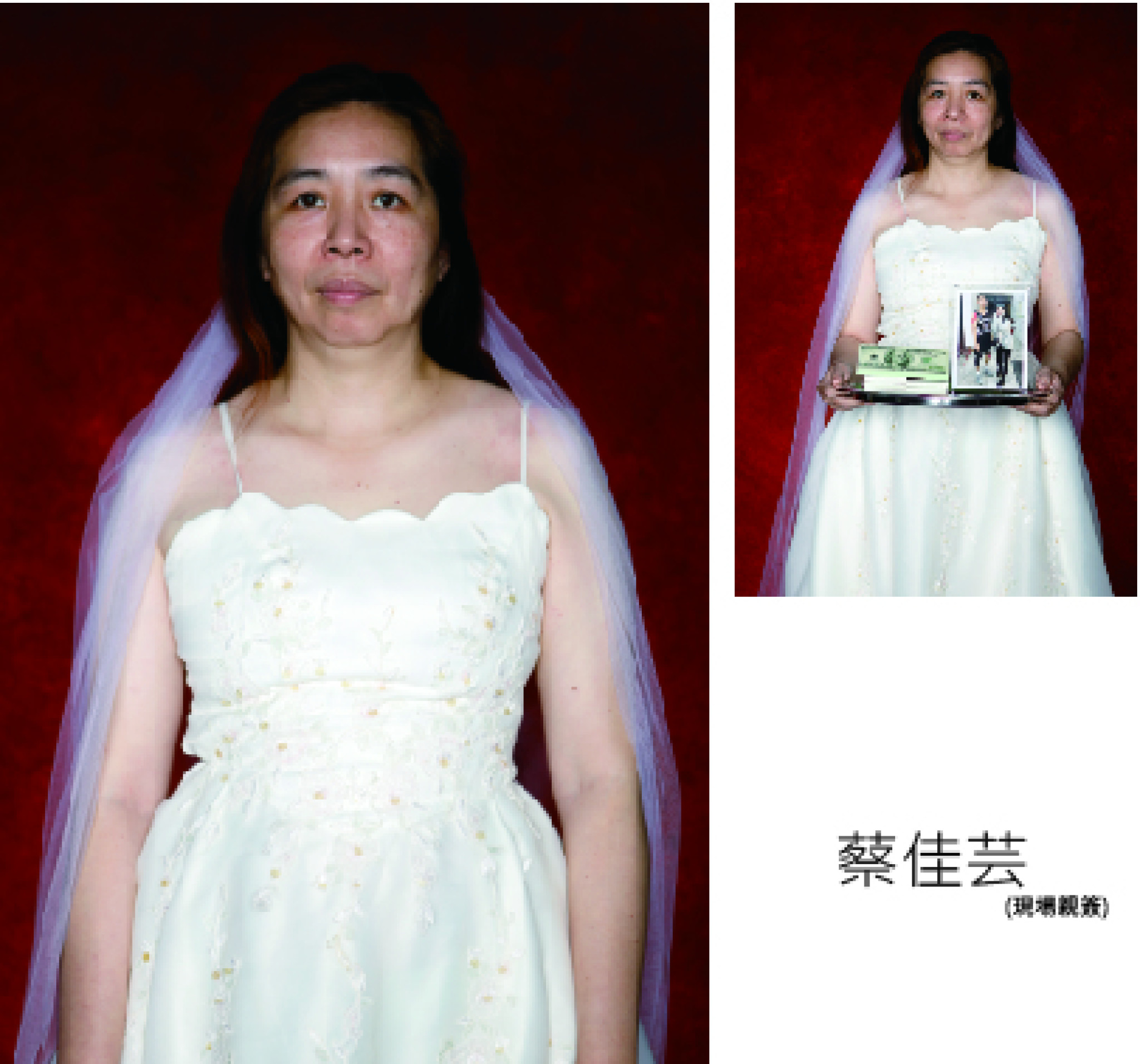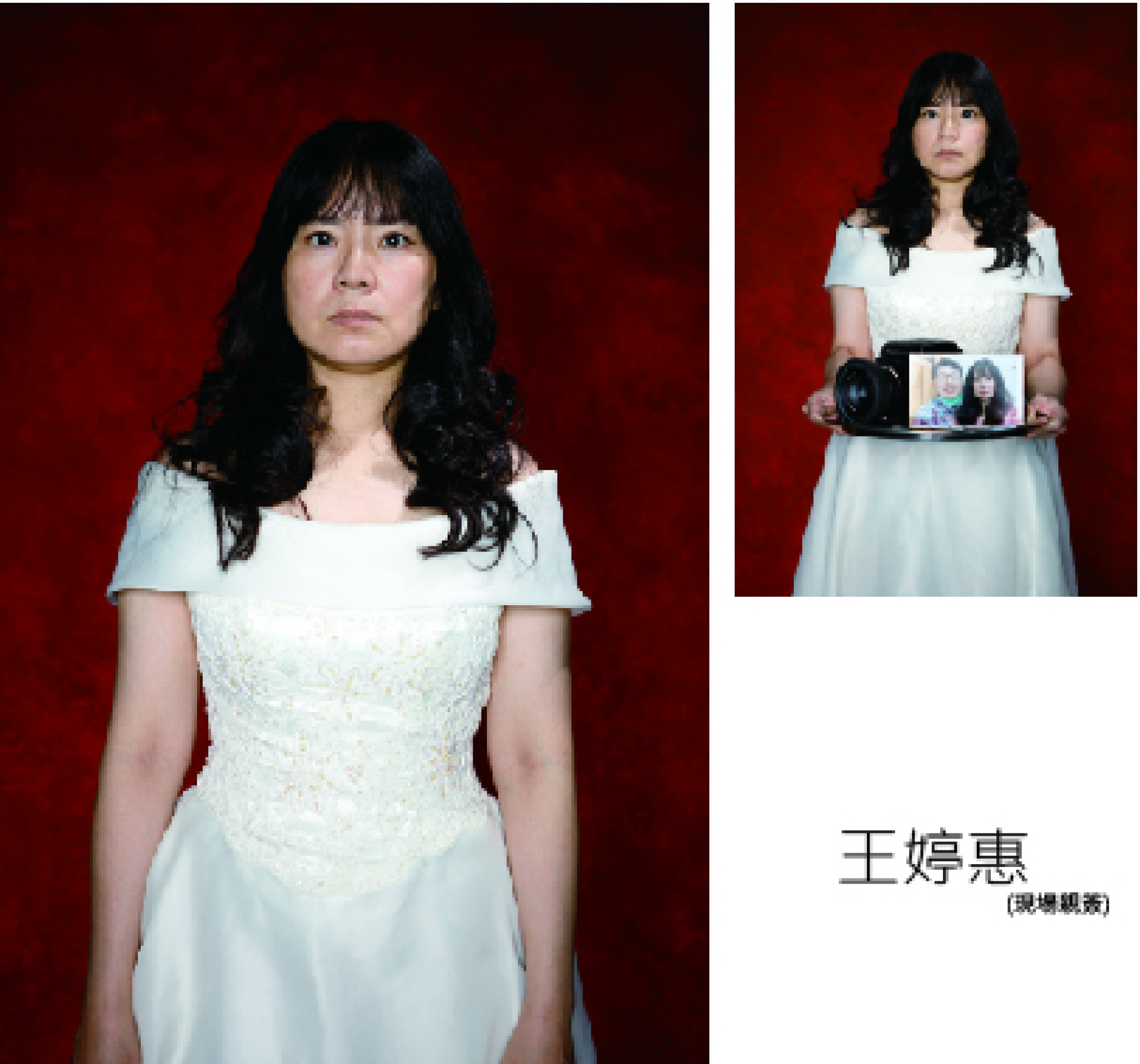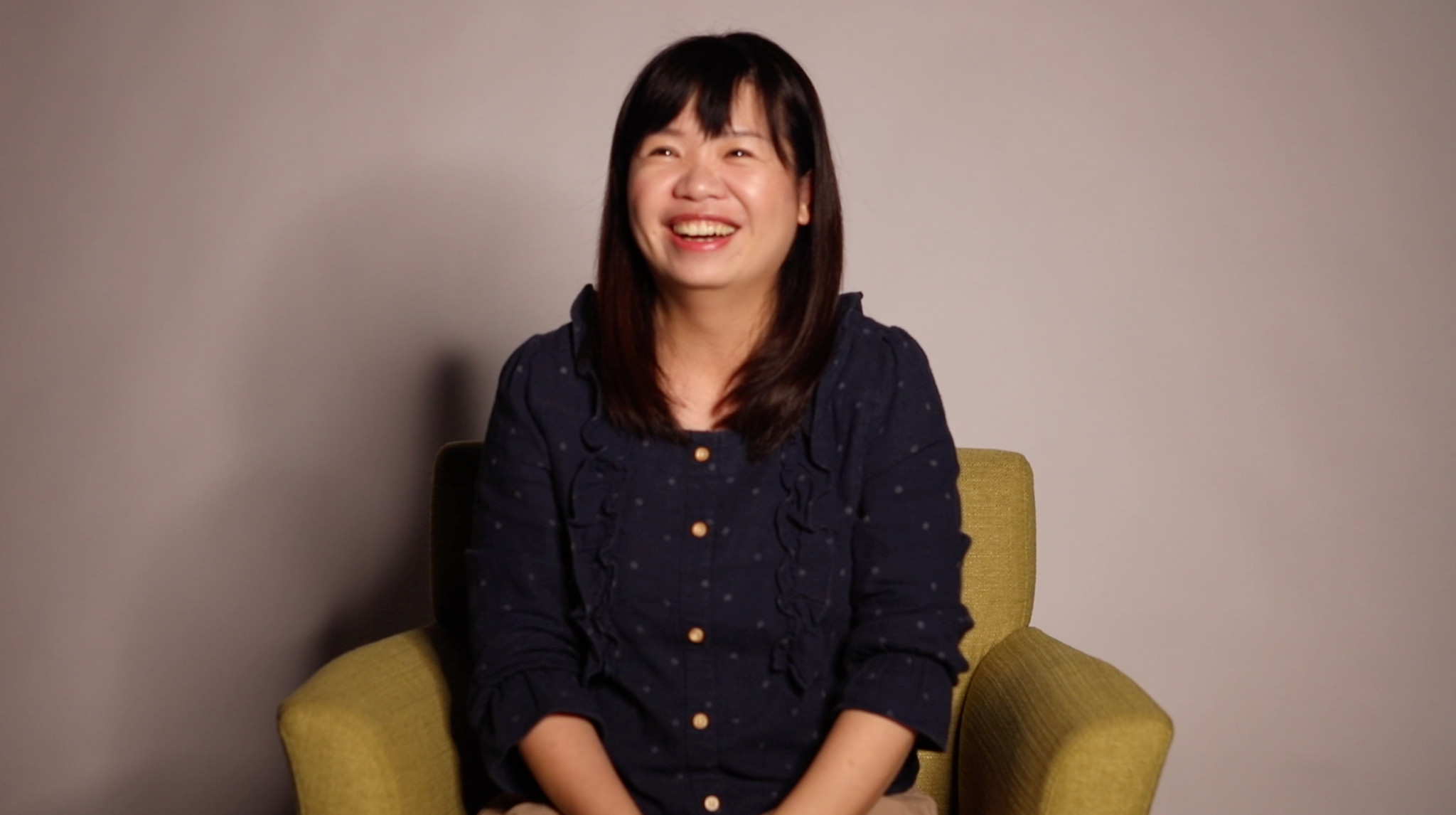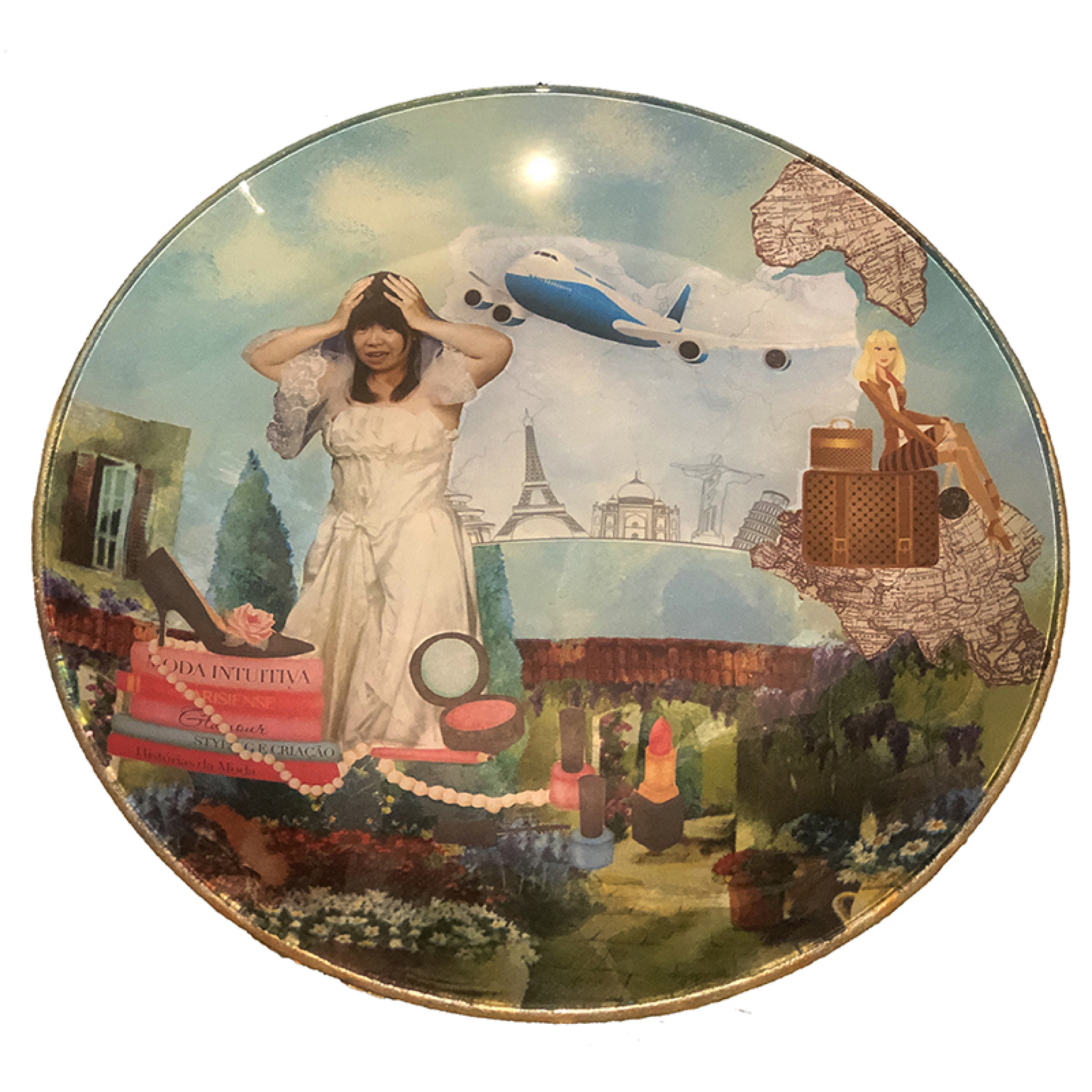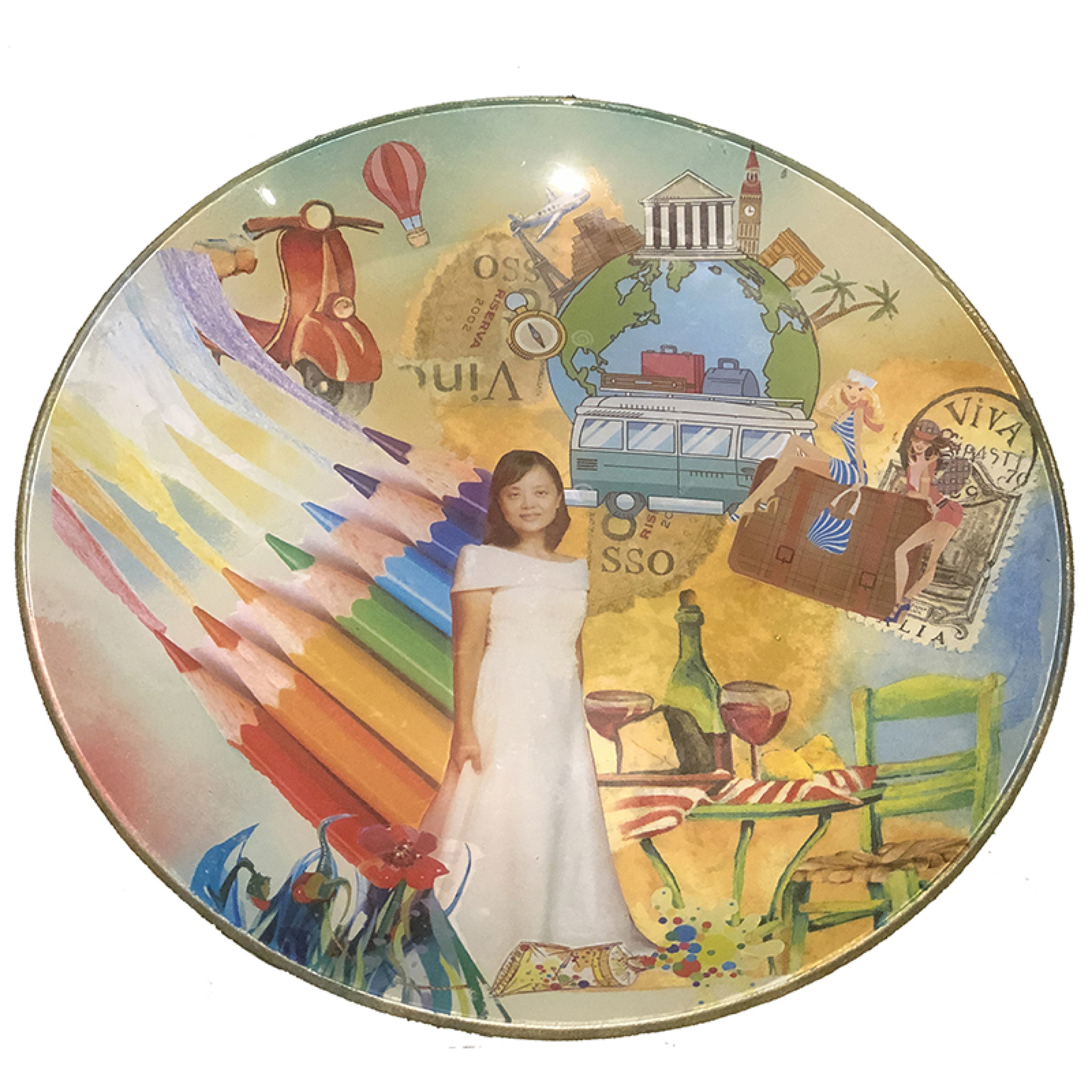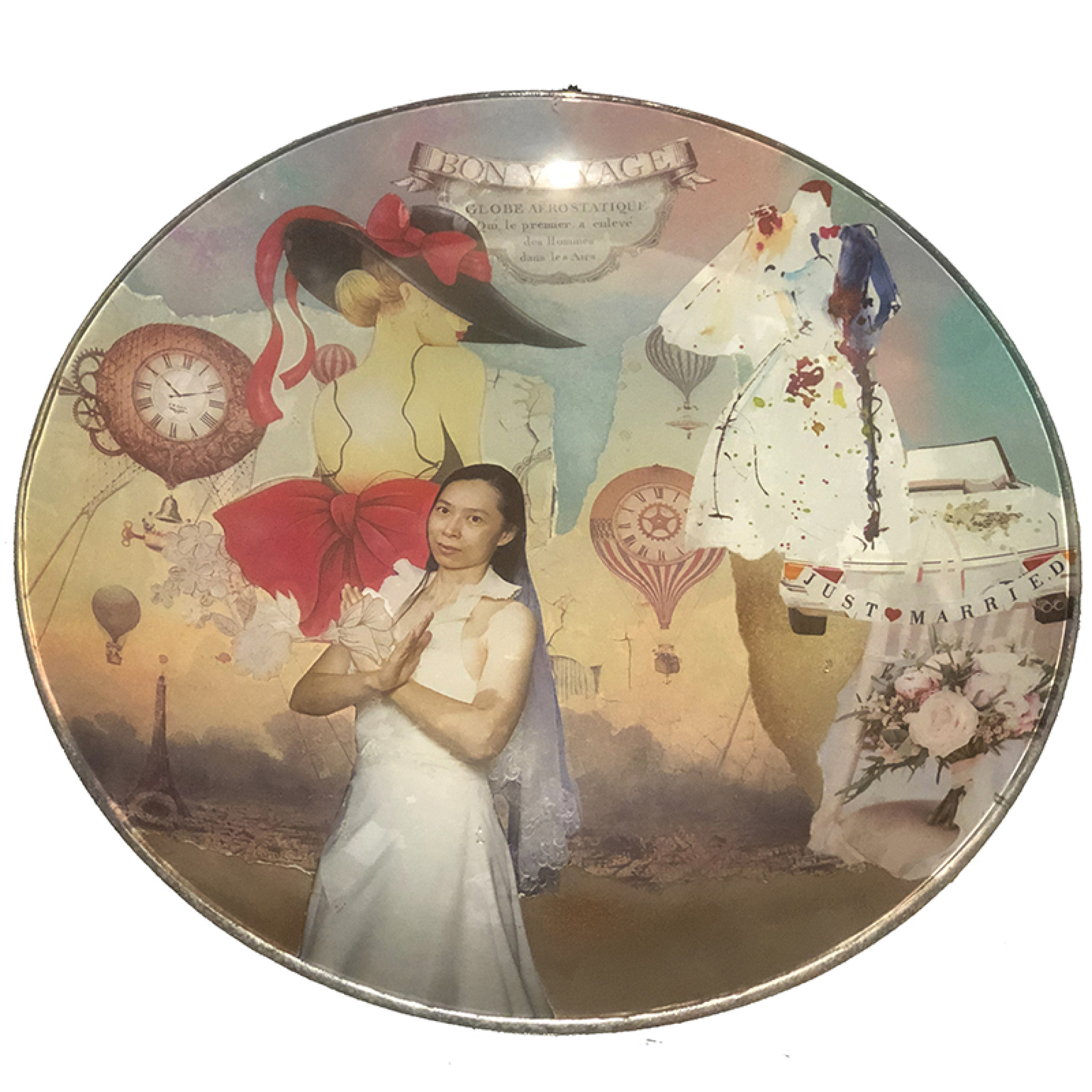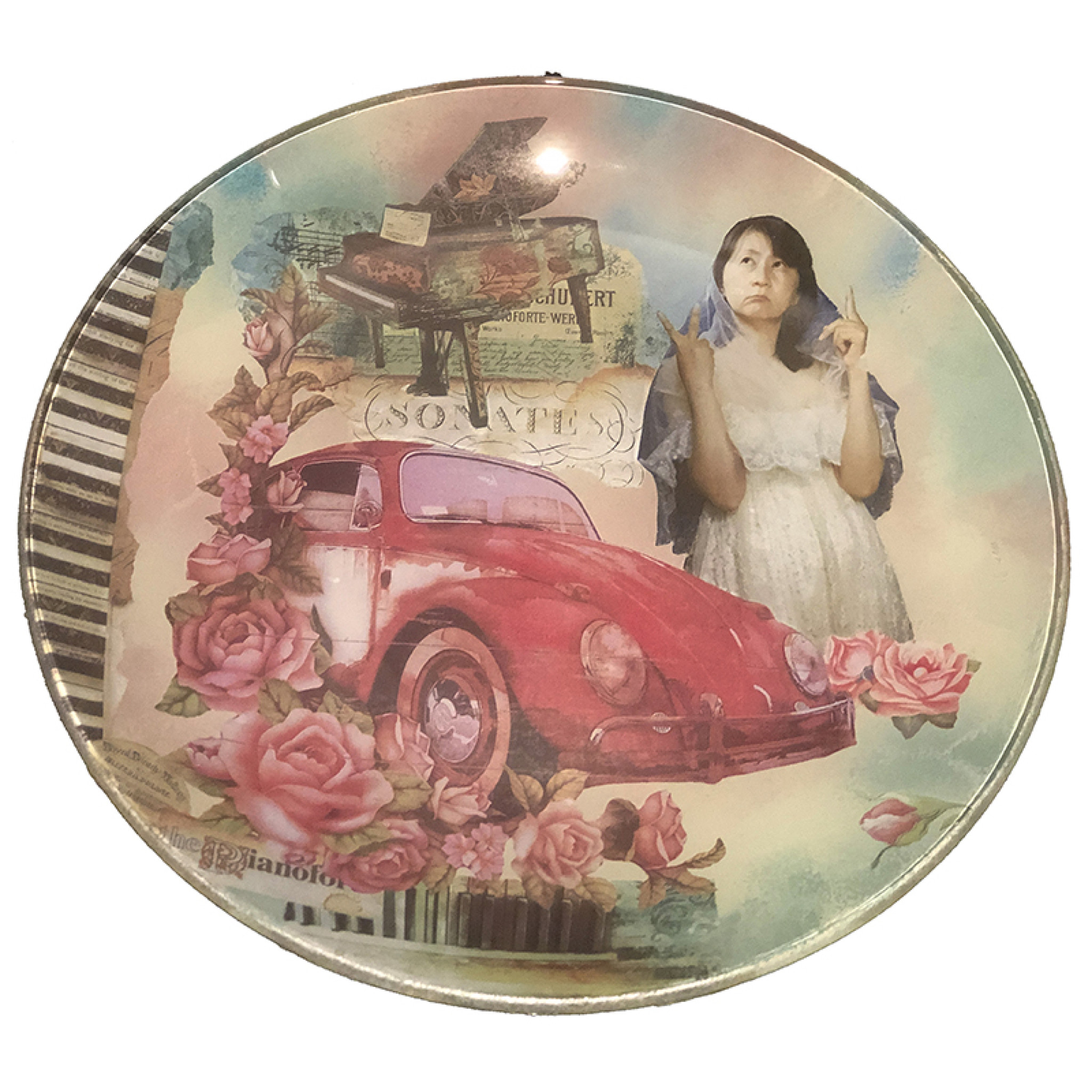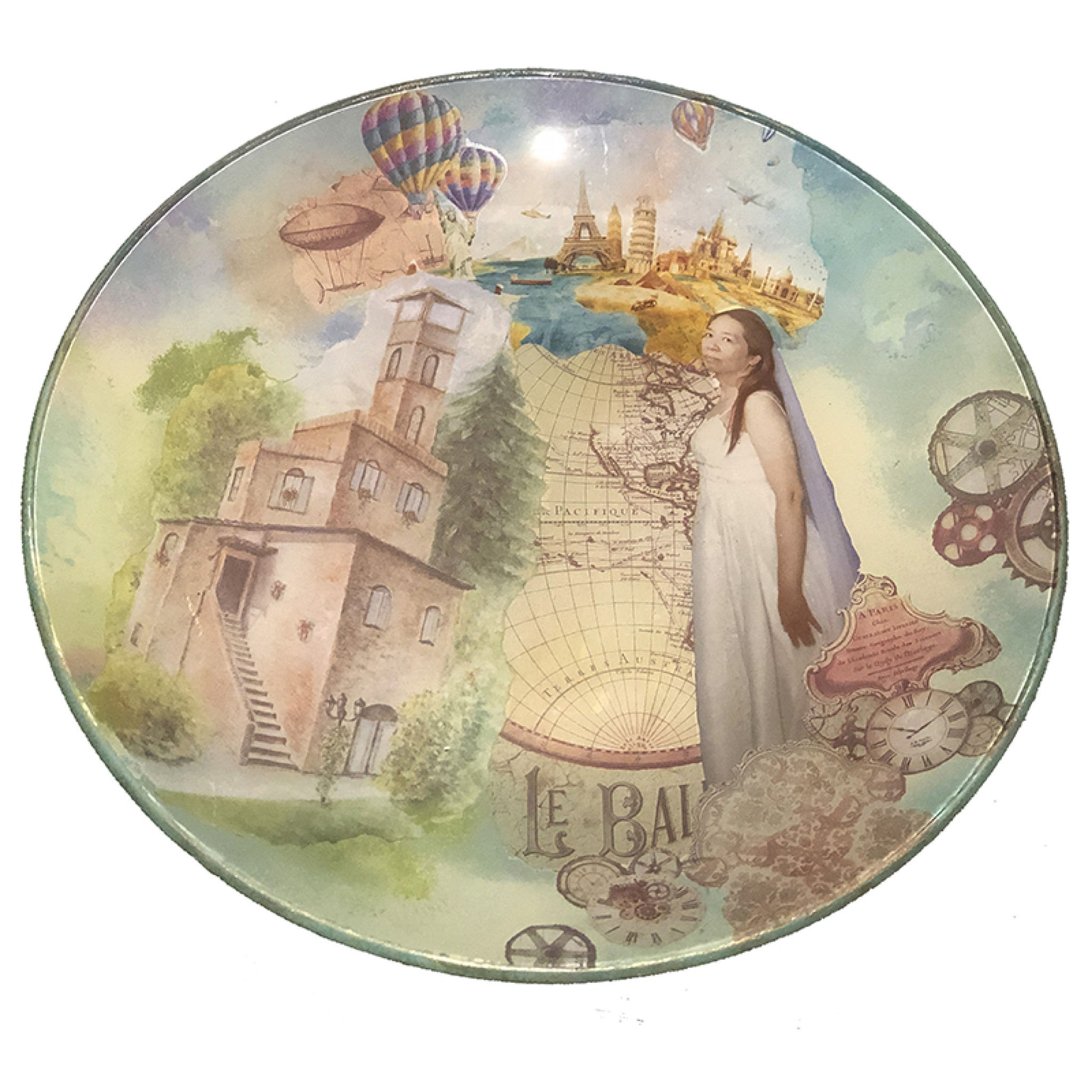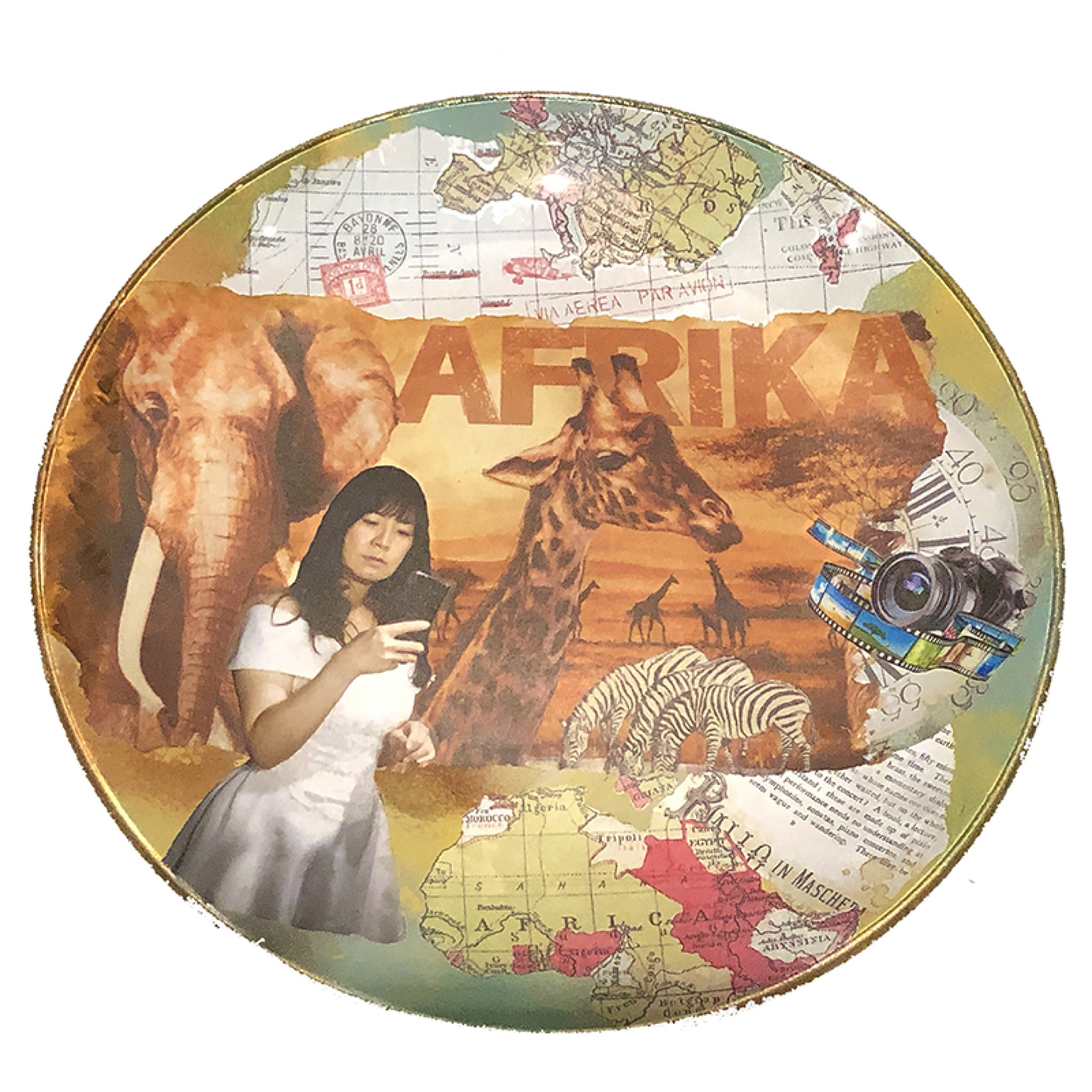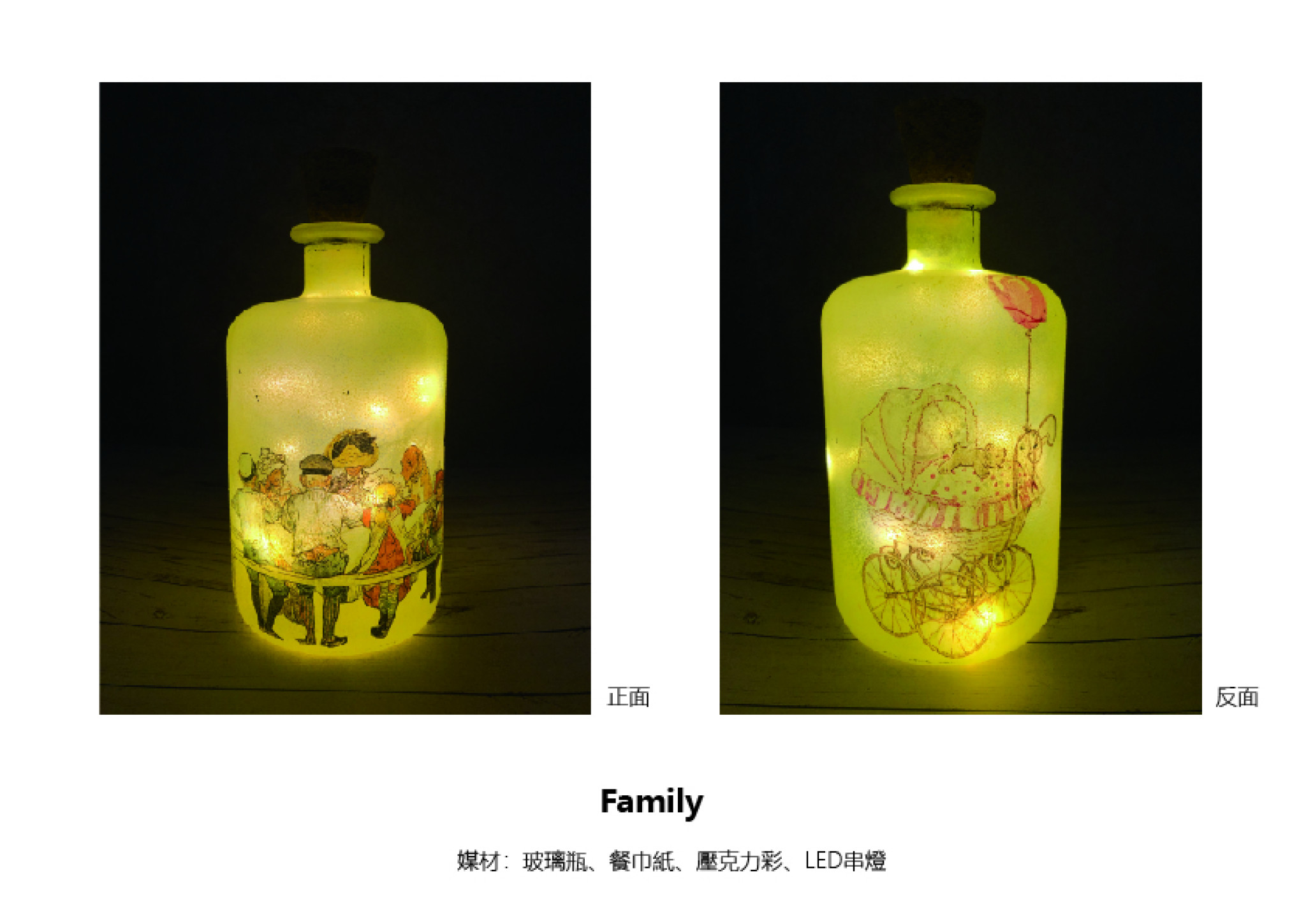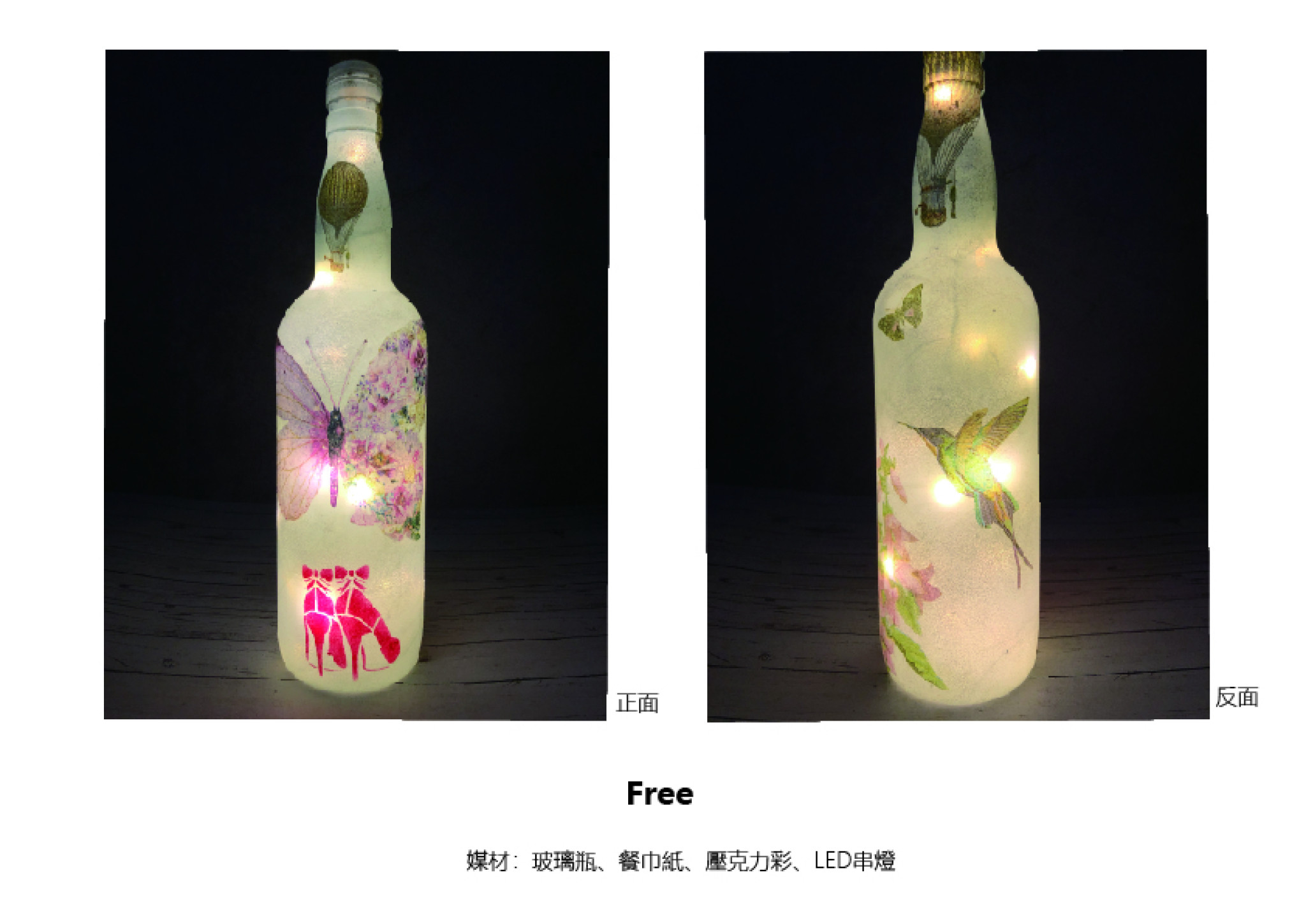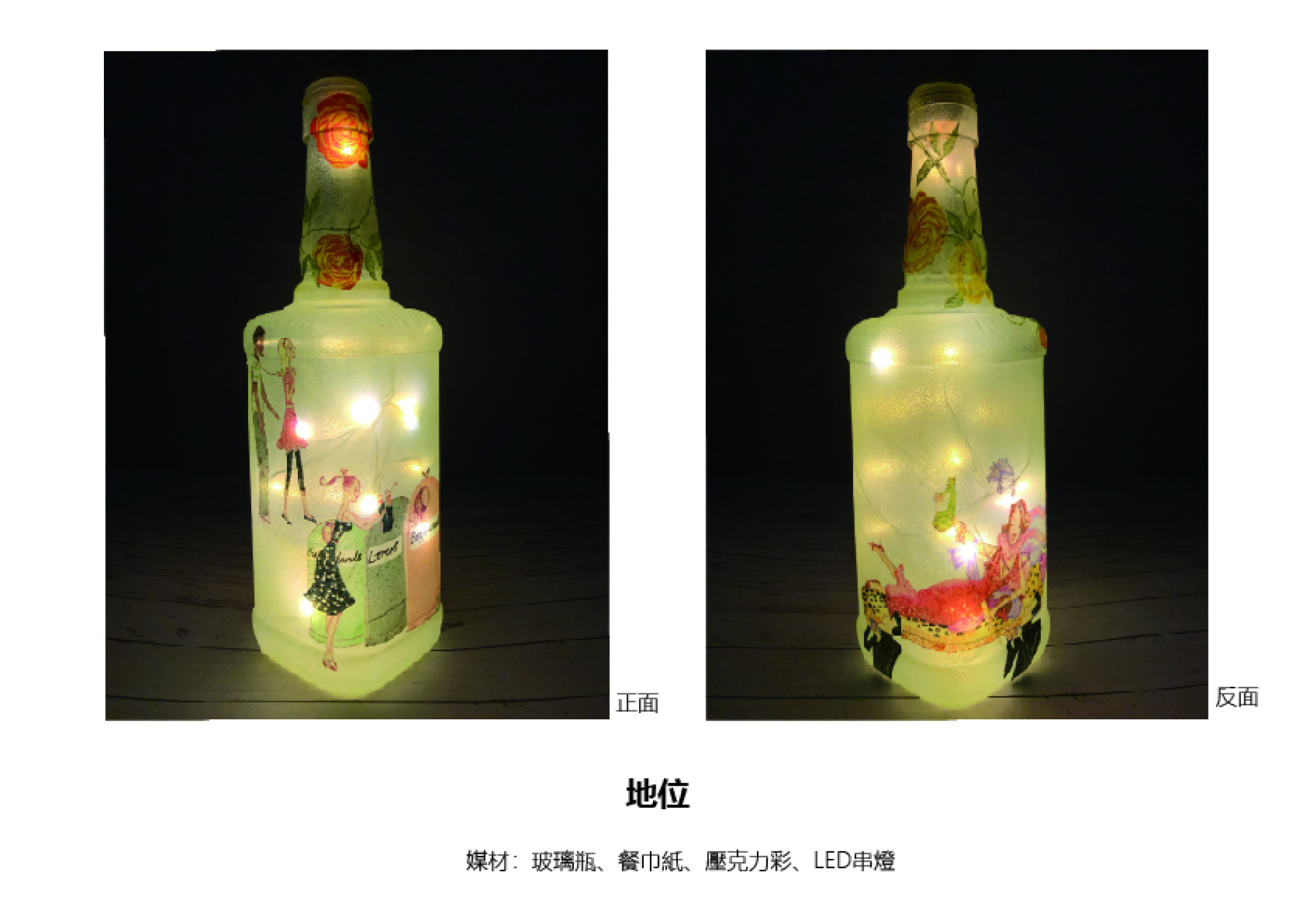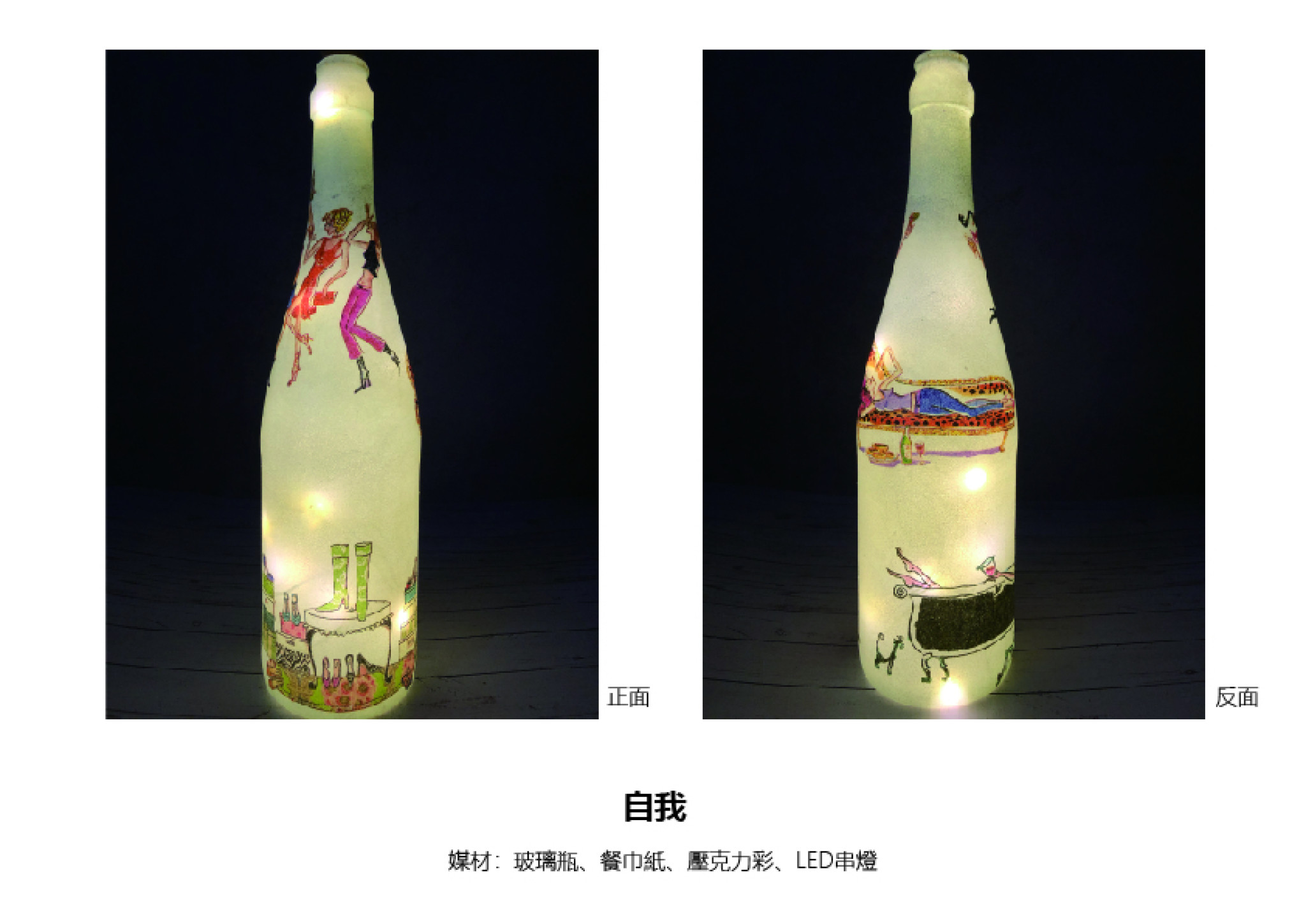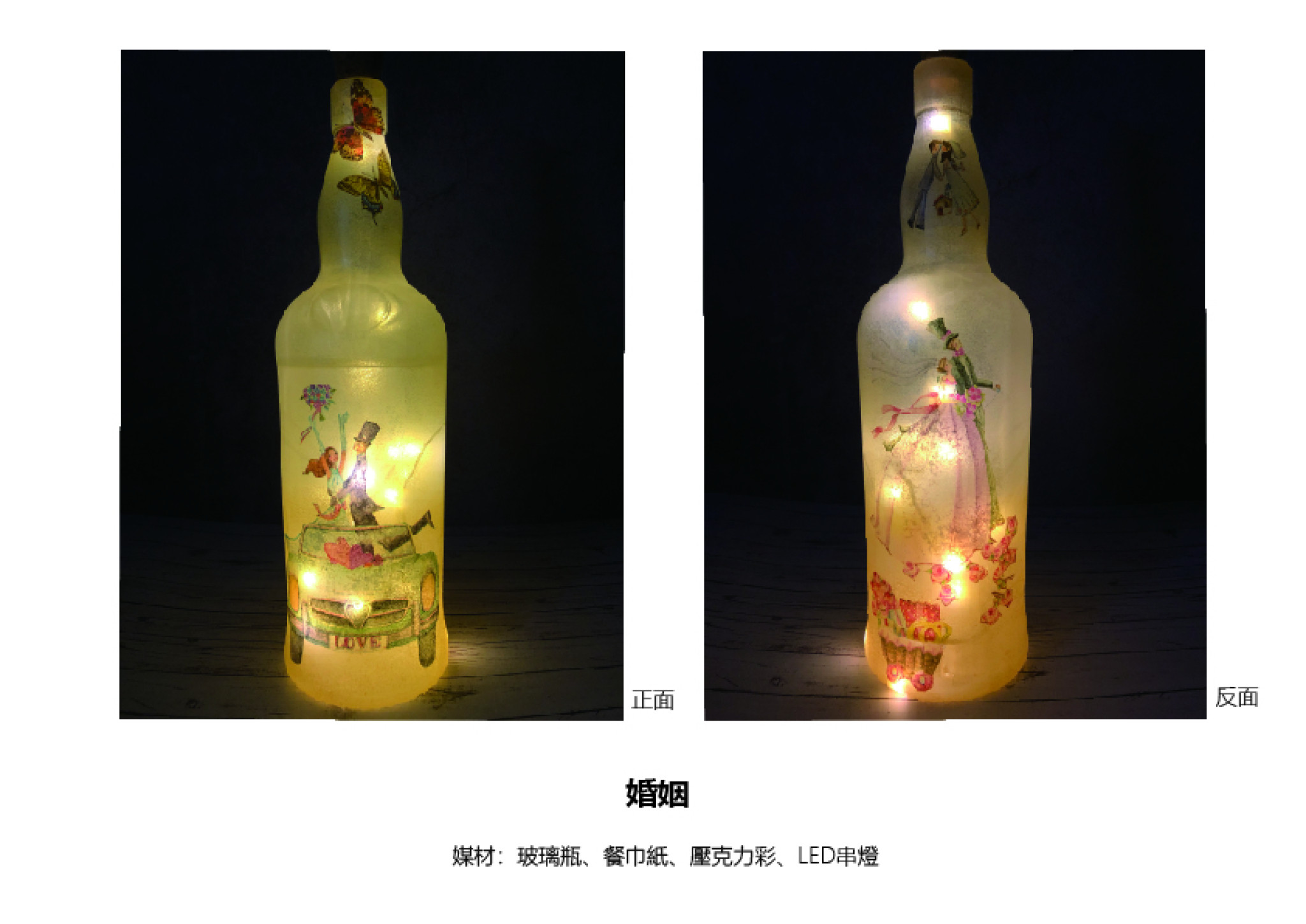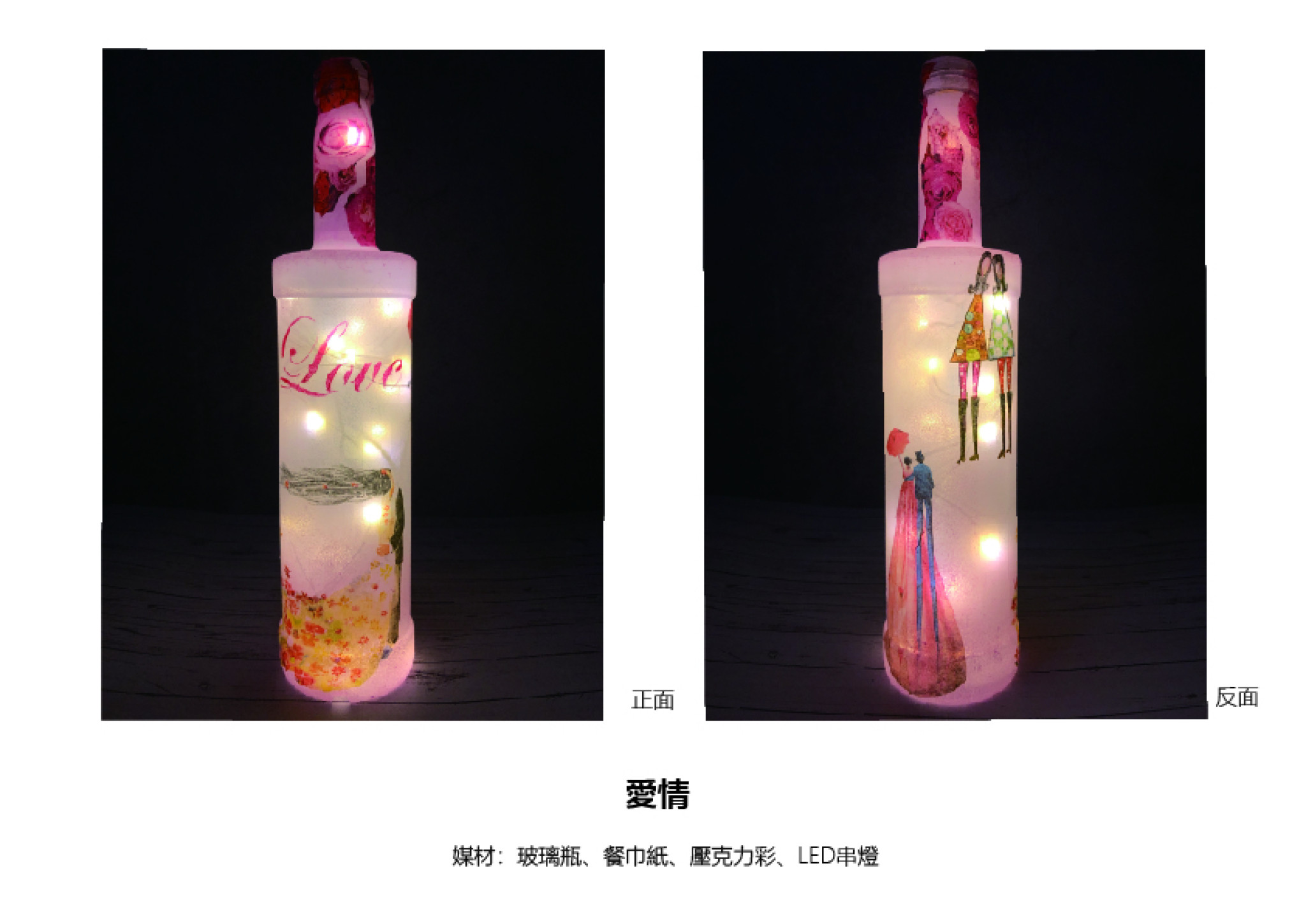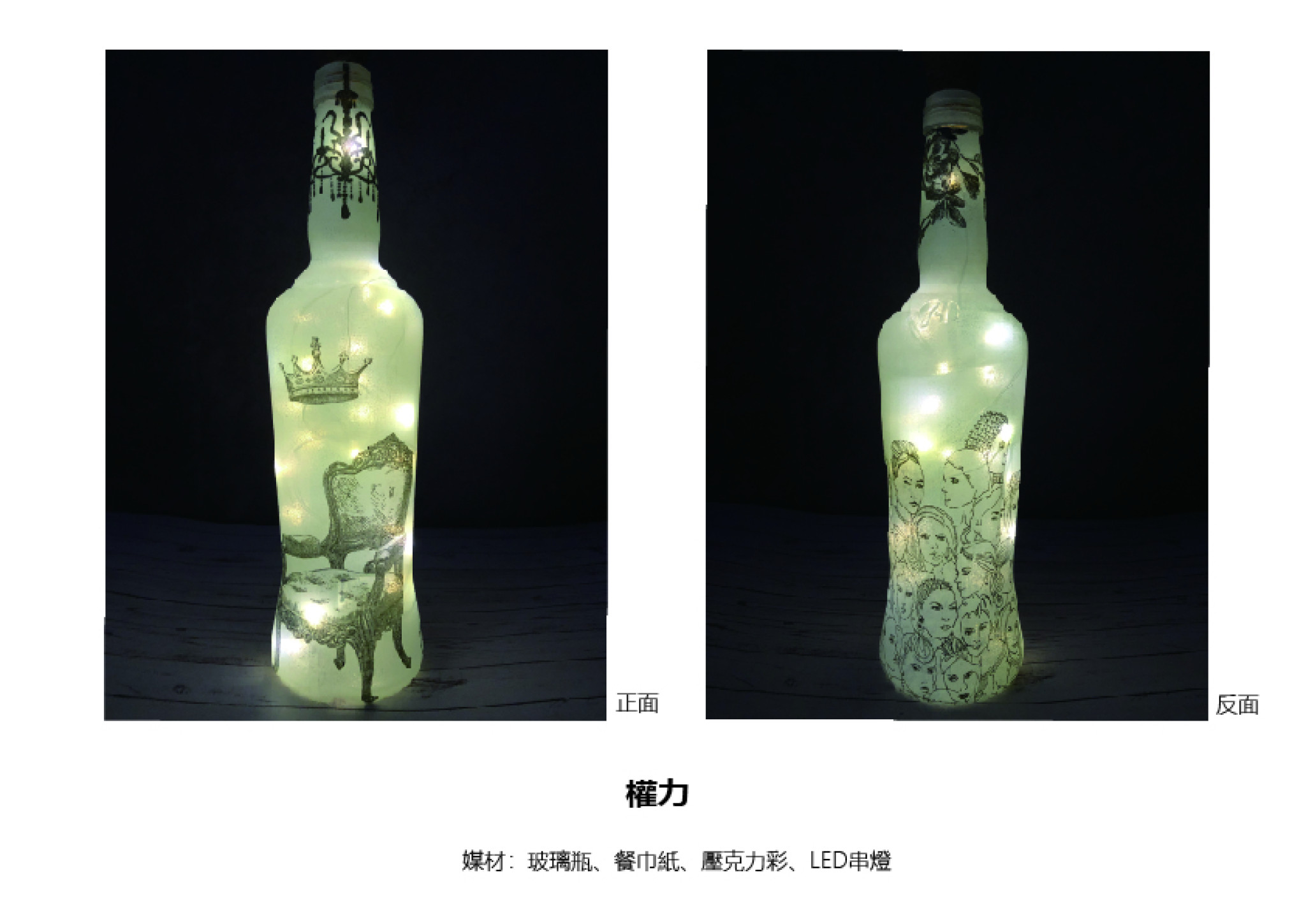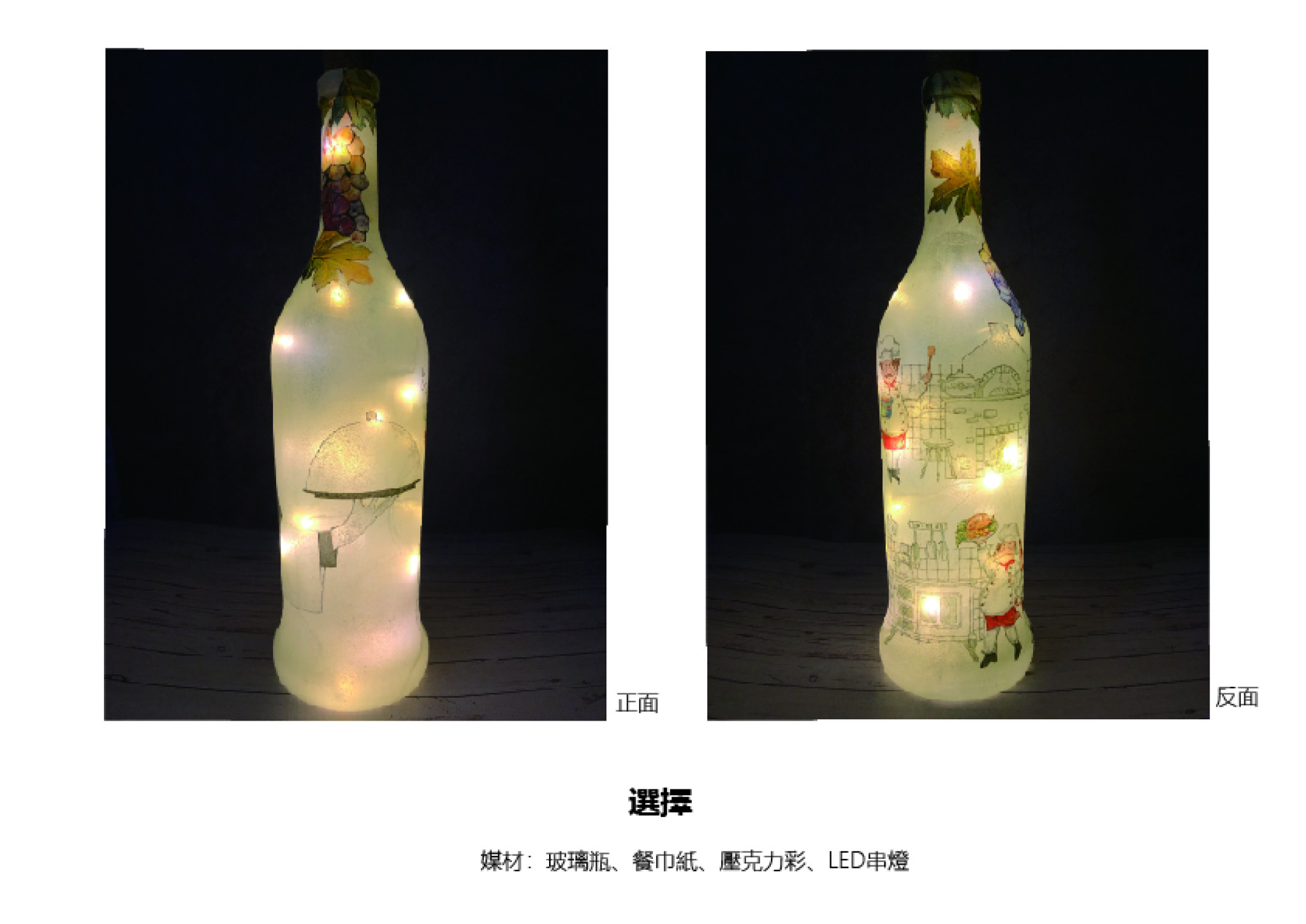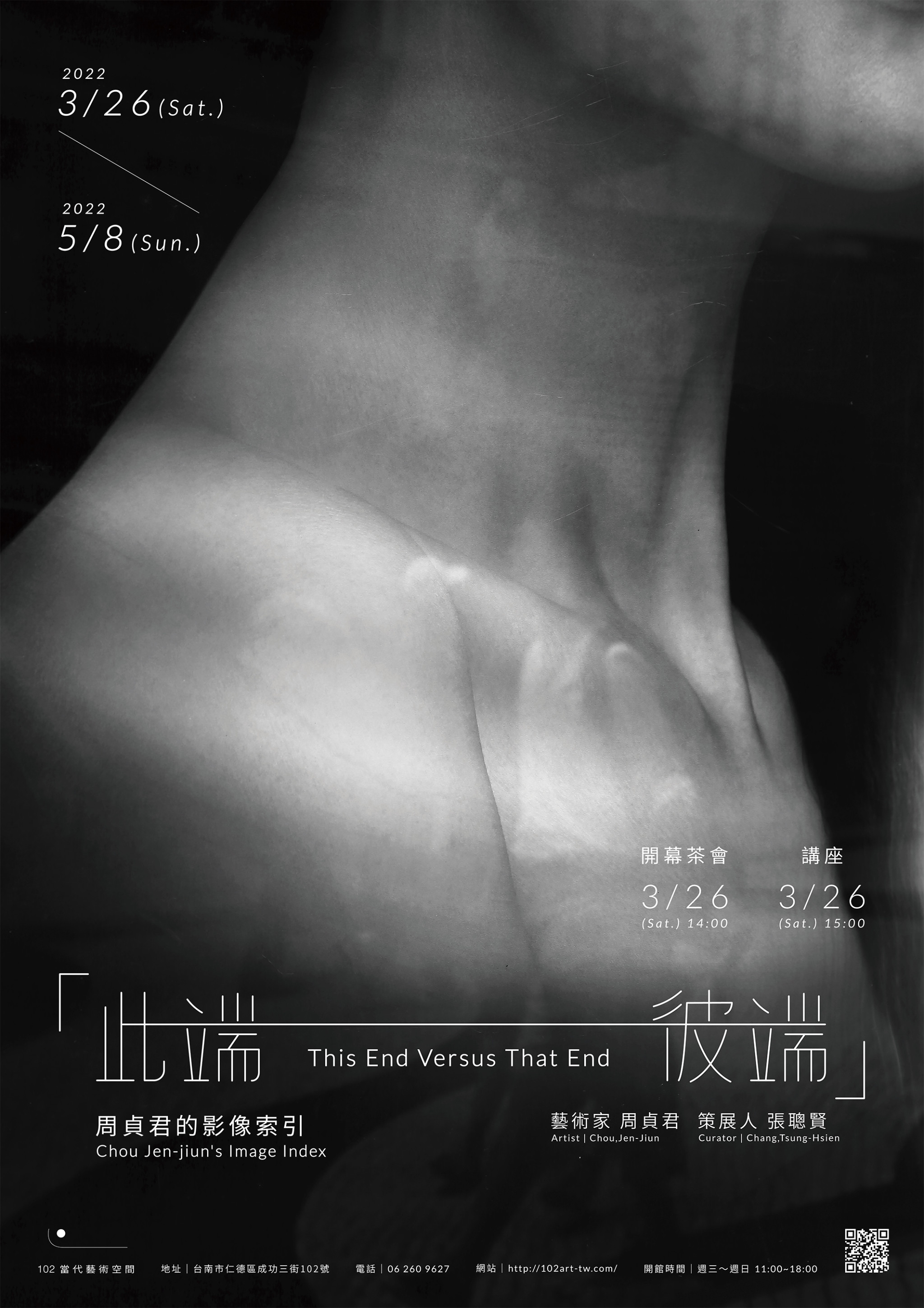This End Versus That End- Chou Jen-jiun's Image Index
Exhibition: 2022.03.26-2022.05.28
Opening Reception: 2022.03.26 2:00 P.M
This End Versus That End discusses the interconnection between seeing and being seen in photography. It is about how photography—providing an entrance to culture and male/female gaze—as one of the most direct creative languages, produces both images and the reference of how they are perceived. It is also about how images can form an imagination of genders that is like a kind of index, and an introduction to its cultural context. As for its visual presentation, this end of image is frankly displayed for its audience, while that end refers to a particular visual realm that belongs to the author, and thus represents an intuitive and diverse language of imagery with the posture of a producer in the creative context.
In this exhibition, to guide viewers into Chou’s diverse world of image in a way that is similar to reading an index, we particularly selected a series work.
In Red Sleep Bed, an item from older generation becomes a symbol and a metaphor through her direct closeup shot. Being more than a feeling of nostalgia for old things, it is a study of her life experience through these things and items. Thus the artist has created the diffêrance of image with her intuitive memory and nostalgia via photographic montage.
In the conceptual narrative language of Reflection/Nothingness, the drifting image displays a bizarre and slightly rootless background, rewriting our external visual experience of reality with a pragmatic approach; like a film festival with structure. As an experimental work, it is more like a kind of backtracking and denial of the era of information explosion and anxiety.
The Other End of the Red Cord demonstrates an imagination of marriage by unmarried women—the wedding dress becomes a mirror, while happiness is the narcissistic wish. This piece is a fictional depiction of the repression of women from a culture with prejudice. A wedding dress may symbolize women’s desire for marriage; it can also be a sign of invisible restrictions and irony. Perhaps this series may stimulate viewers to contemplate that the term “Leftover girl” signifies description of a single state as well as sexism.
As the photographer penetrates through a cultural perception via her image, clicking the shutter button takes more than a moment of time; it requires the photographer’s presentation arrangement of the image. Using photography as a meaningful tool in the world of representation, Chou represents another kind of cultural language through photography. In her creation, all the motifs and themes are in mutual referencing connection under the arrangement via her viewing window. It is seemingly her intention to detach her image from stereotypical historic point of impression. The text structure of her artistic expression places the metaphor out of sight via photographic techniques; her work wanders at the boundary of the invisible, roaming about the distinction between seeing and being seen, whether it is about a visible body or a metaphorical gender issue.
Chou’s images present a rearrangement of the existing world through photography, which provides her work a characteristic of self-reflective ideal. Her photographic work is like a message without a code, in Roland Barthes’s words. Fro her, photography is like a way to quest for self, on a creative journey that provides a free yet steady artistic expression through which she can unpretentiously express in a visual language of her own. The meaning in her work is not limited within the visible; its weight of memory and consciousness brings us to contemplate, and hence, to create a kind of imagination—an interrelationship between gender, material, and society.
Artist
Art Works
